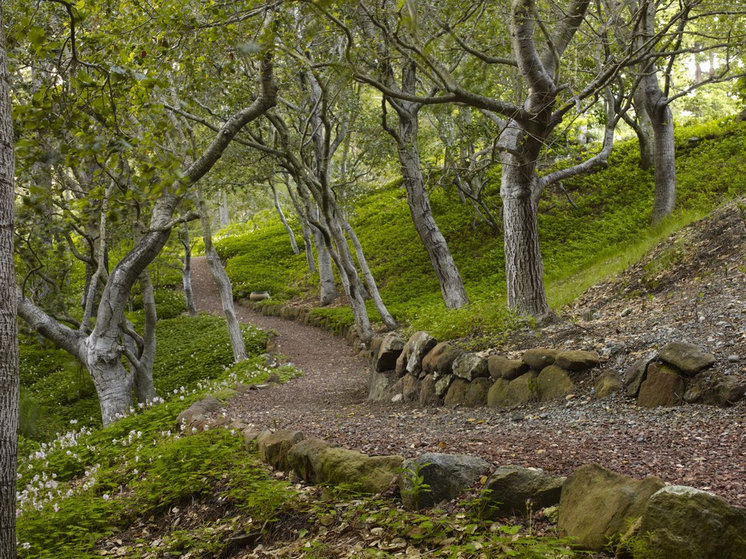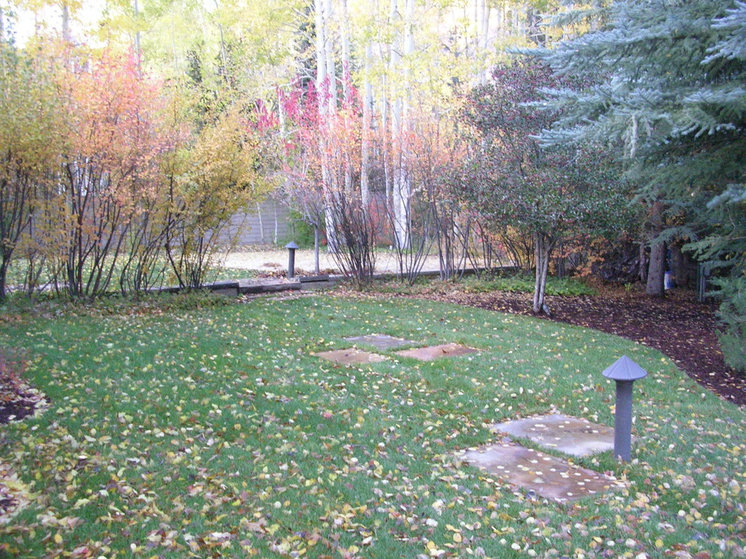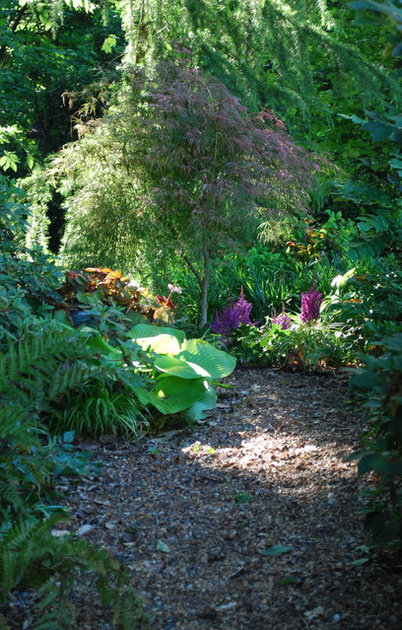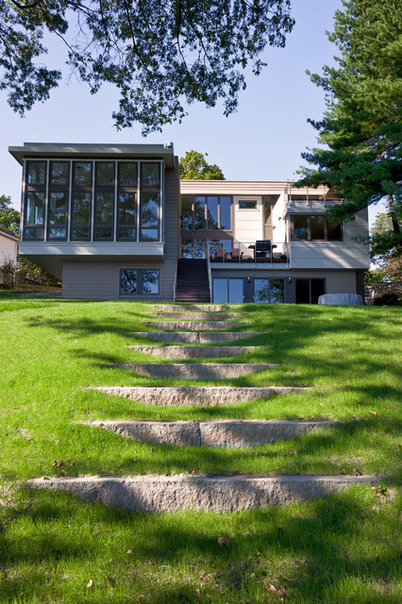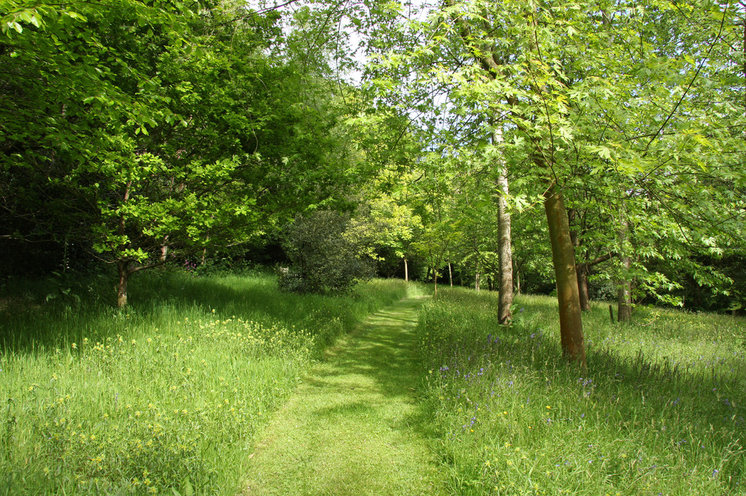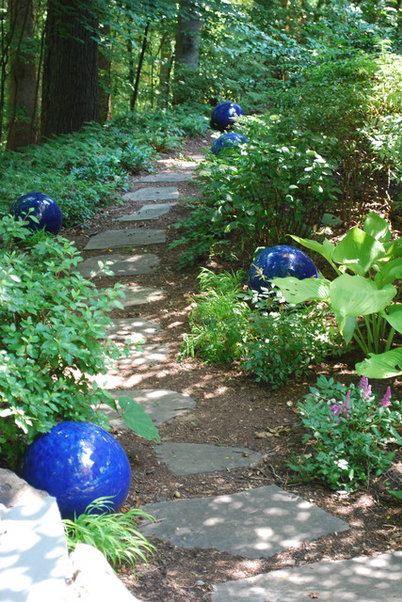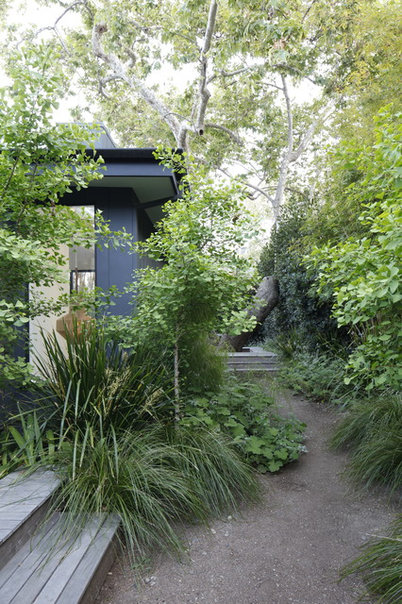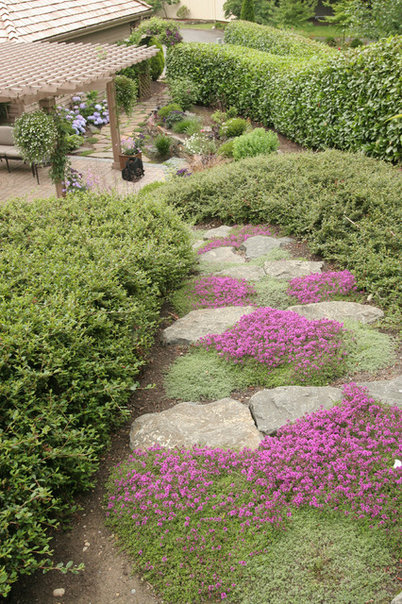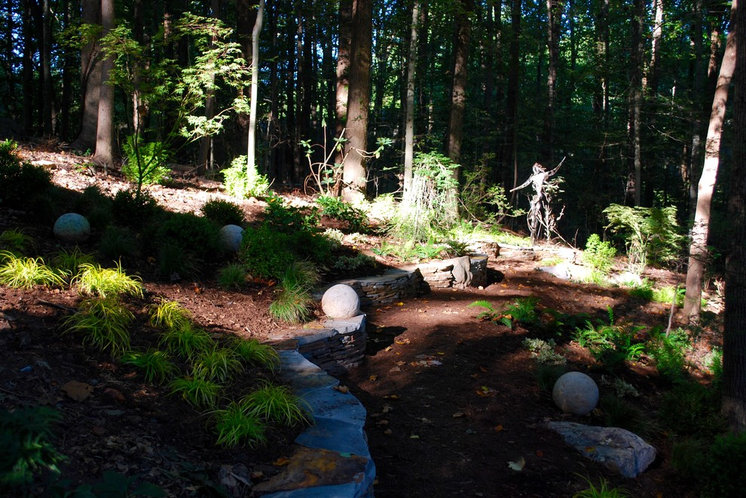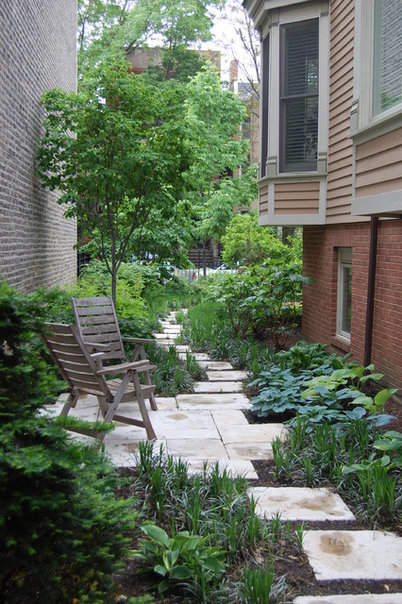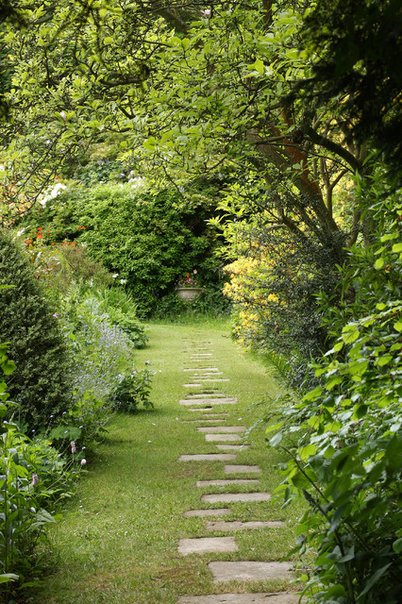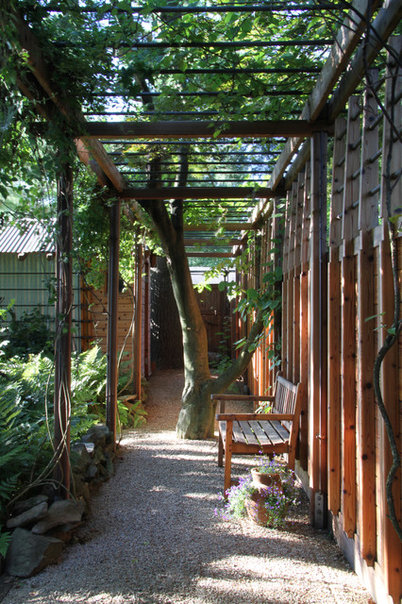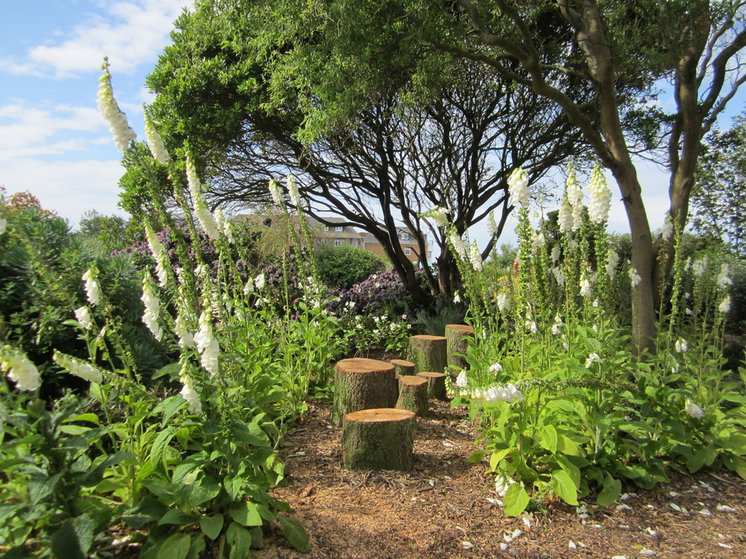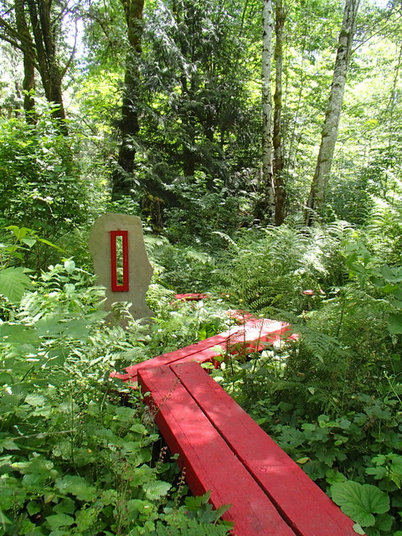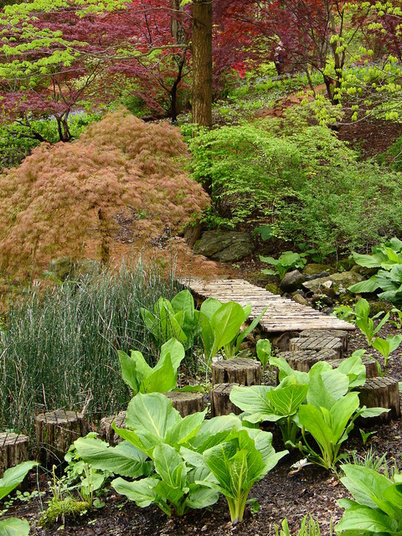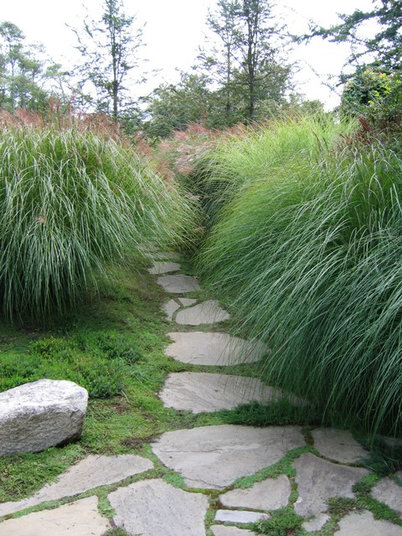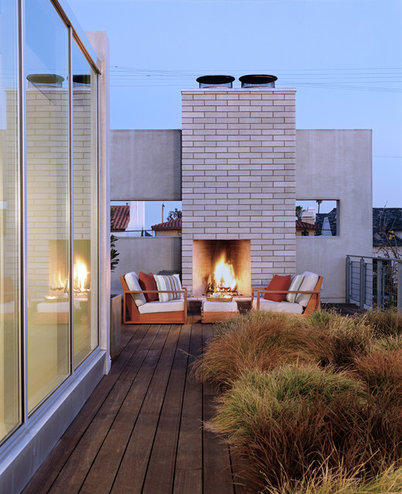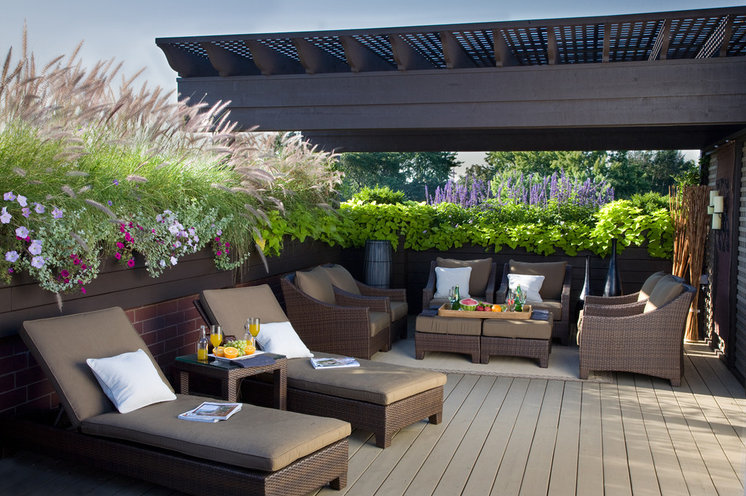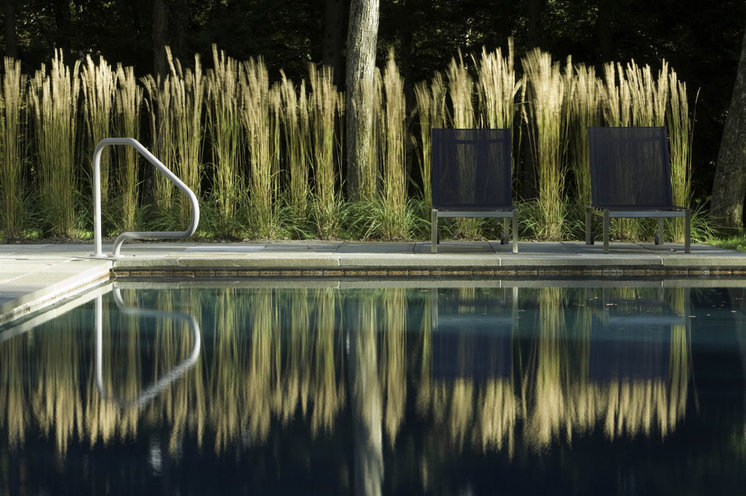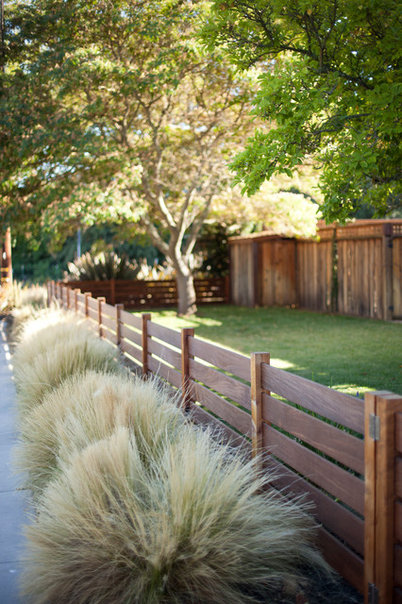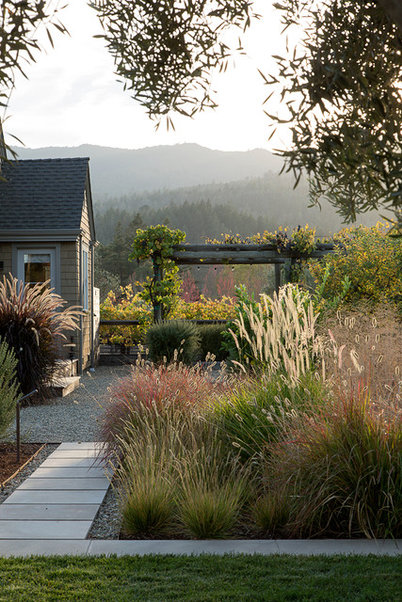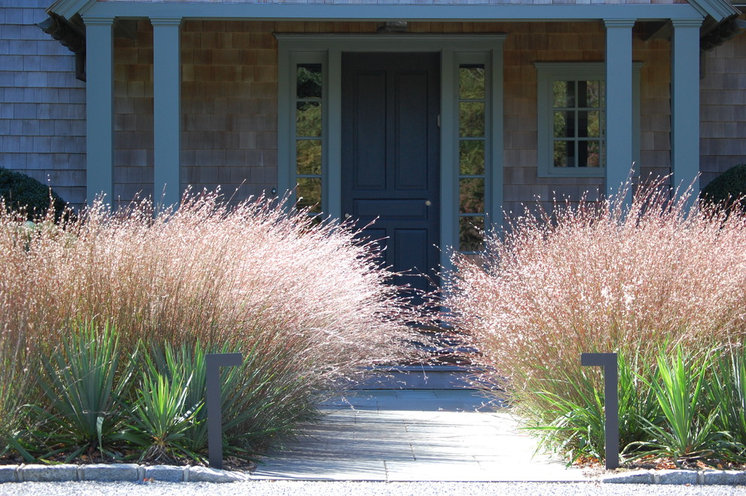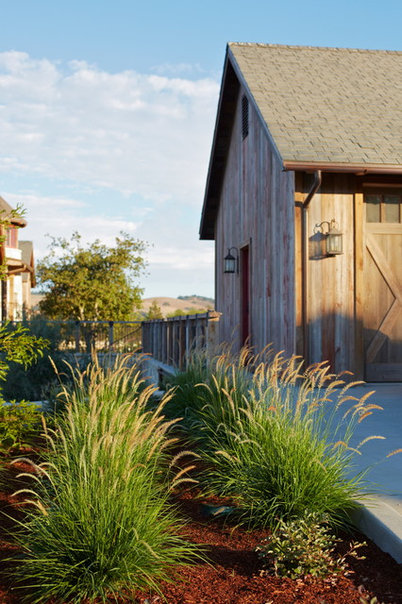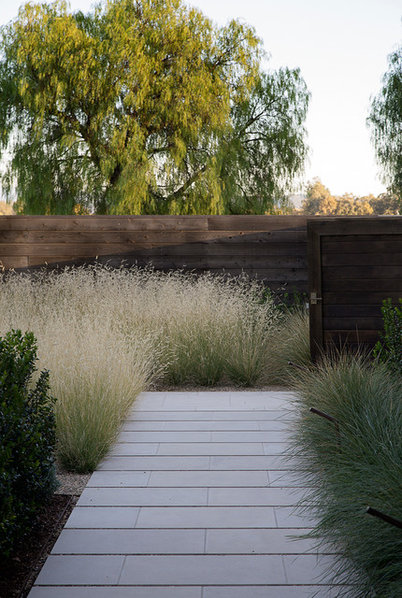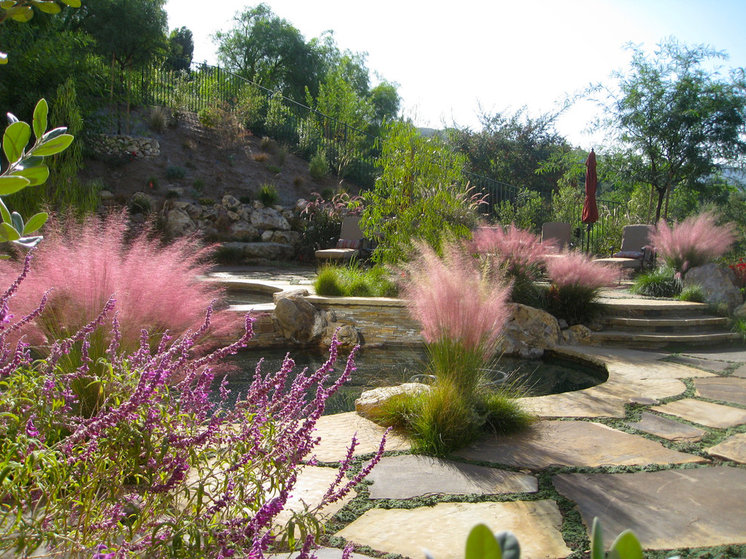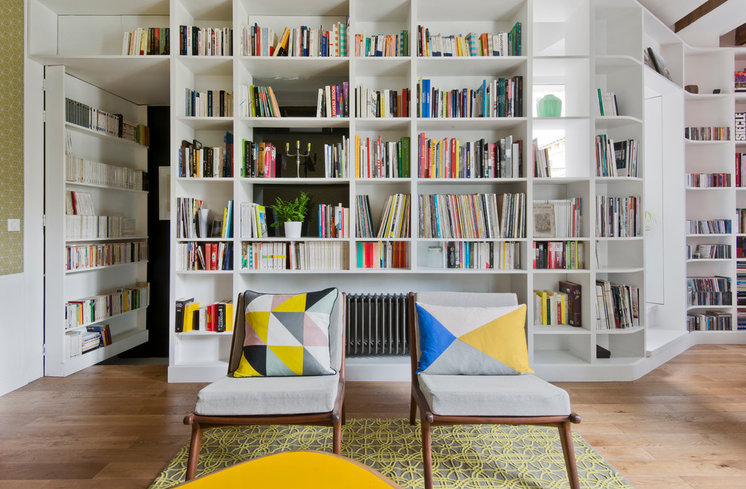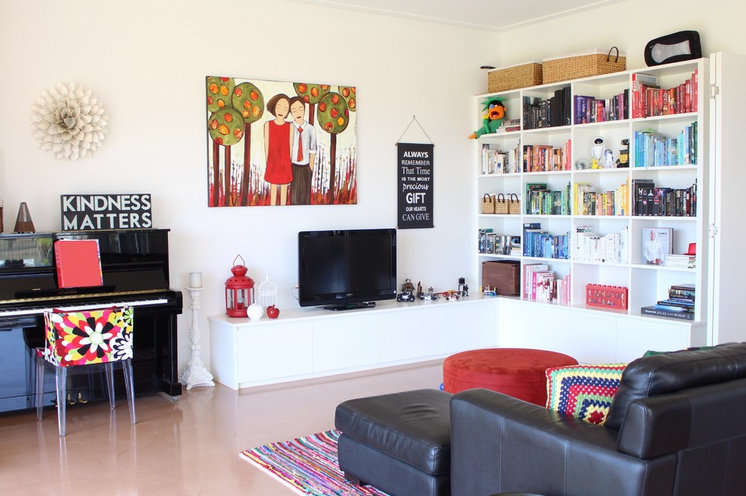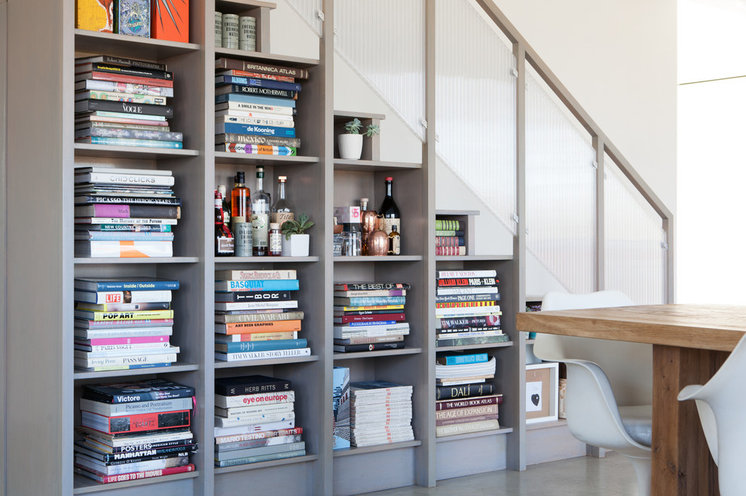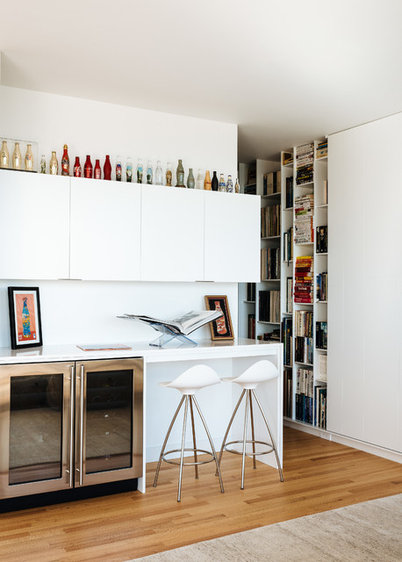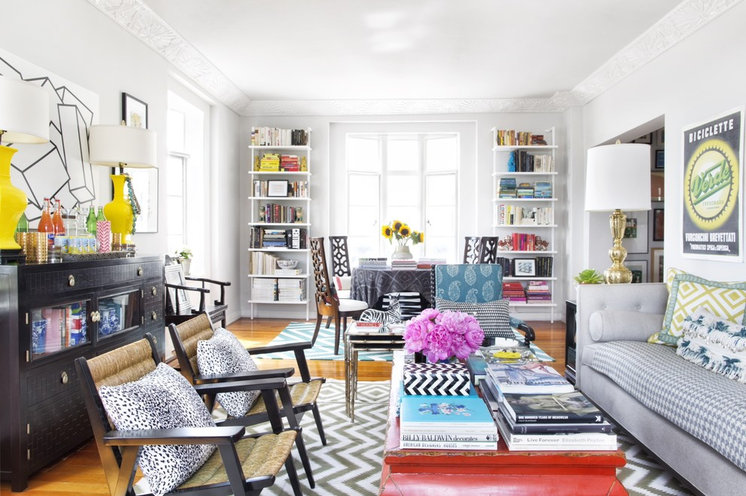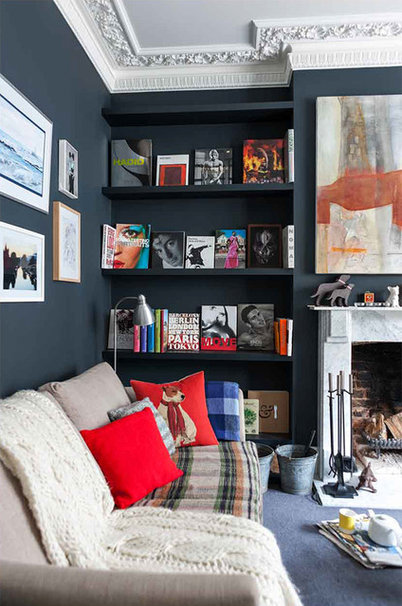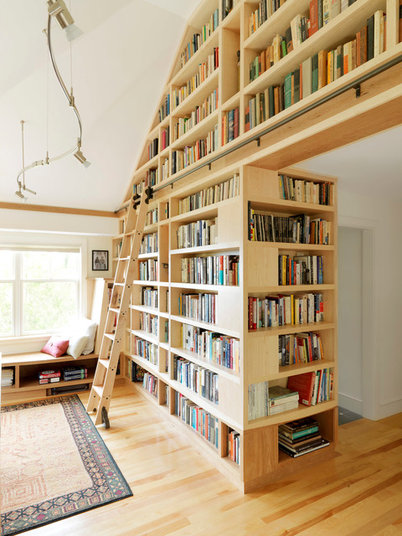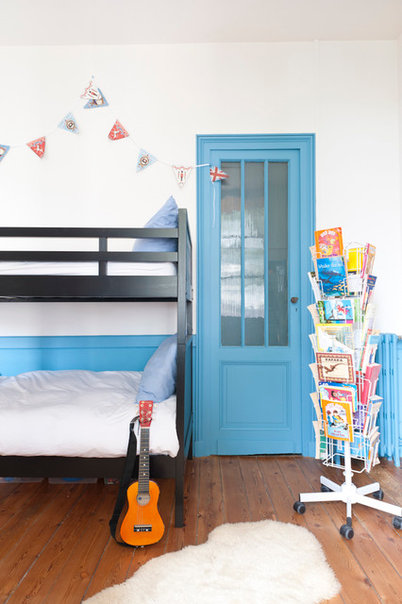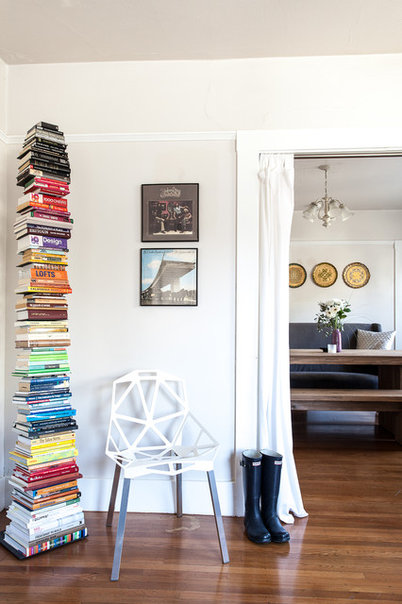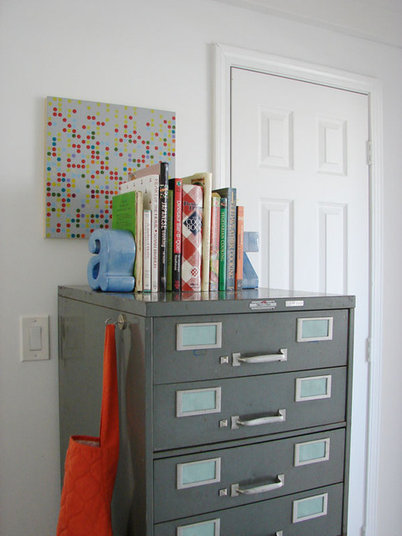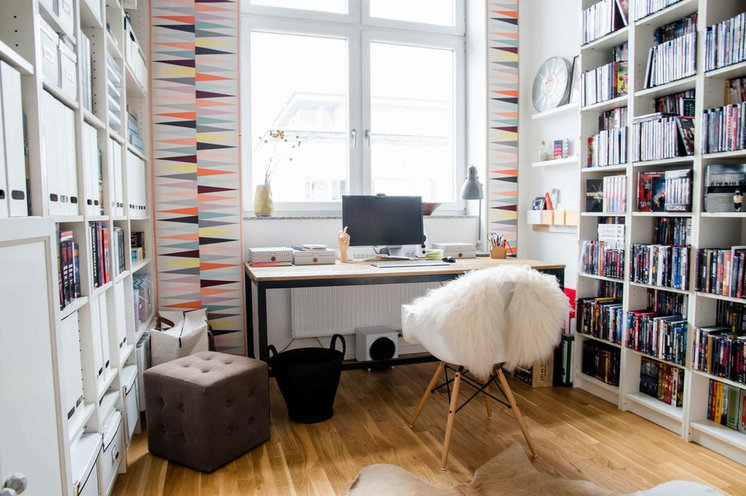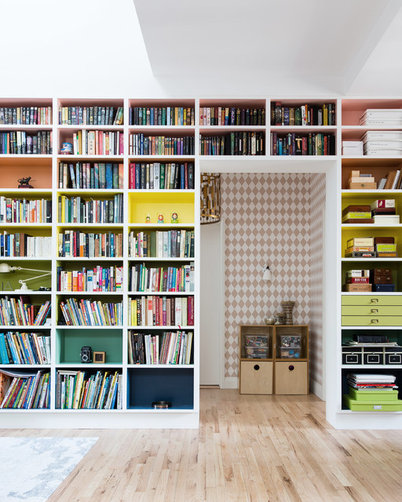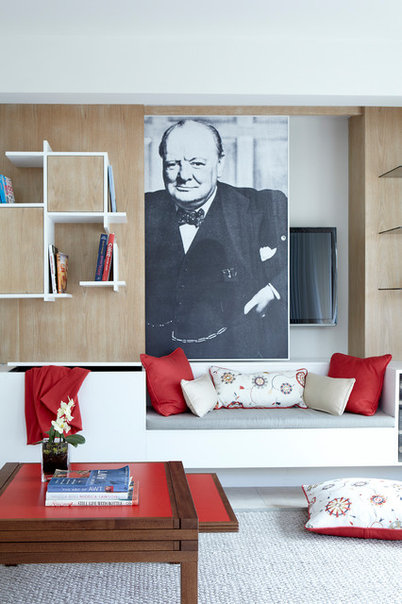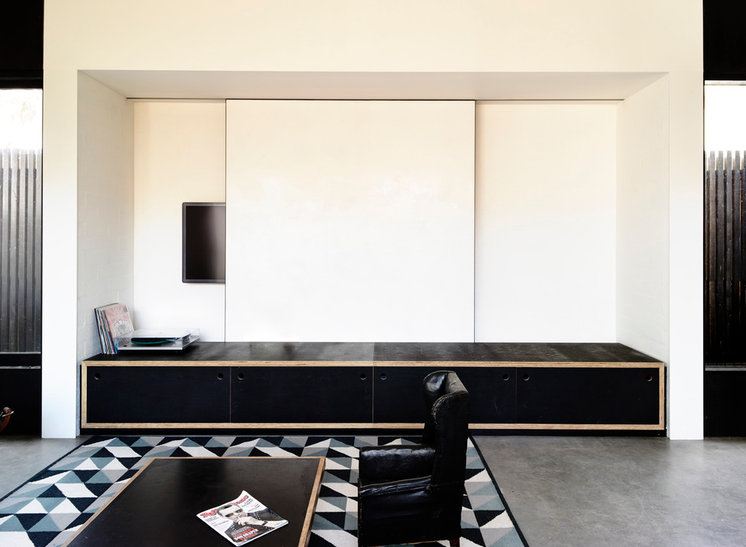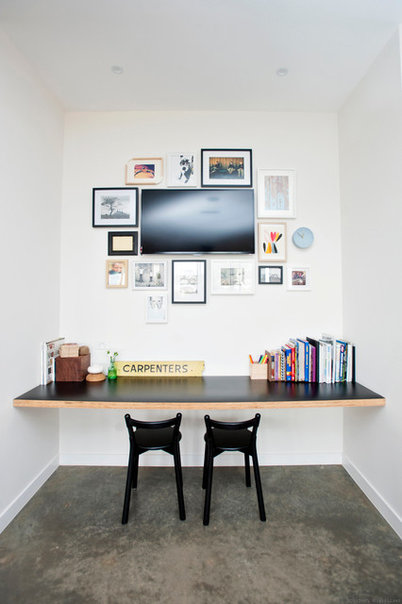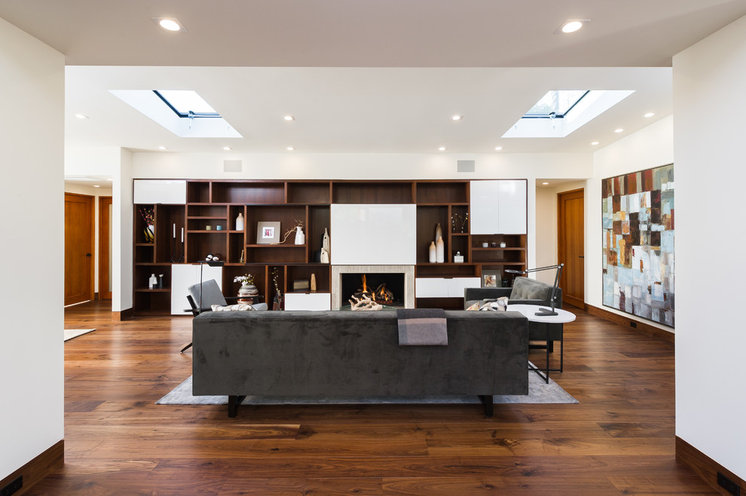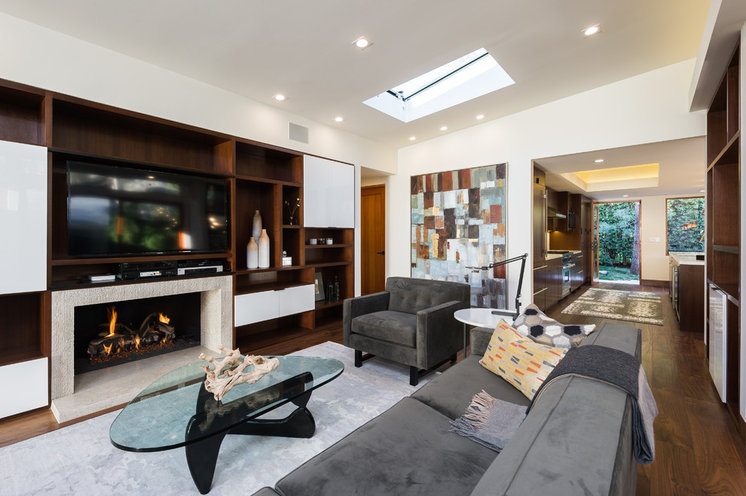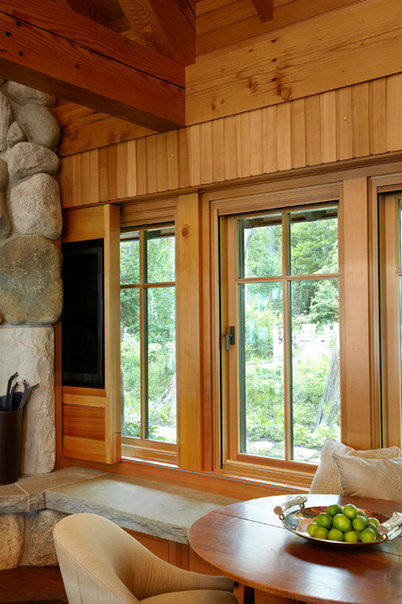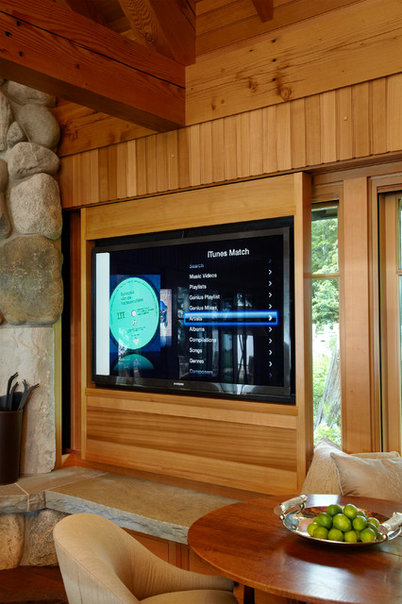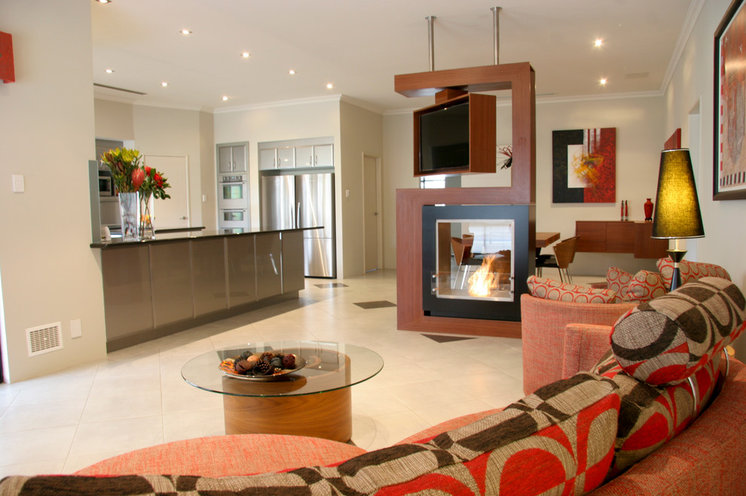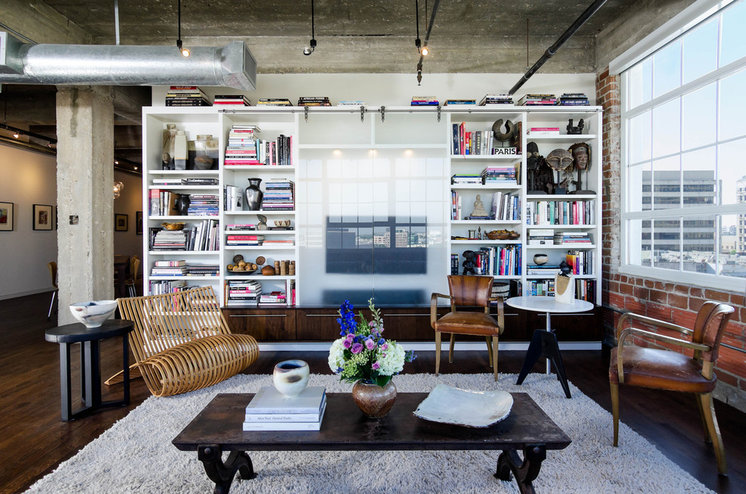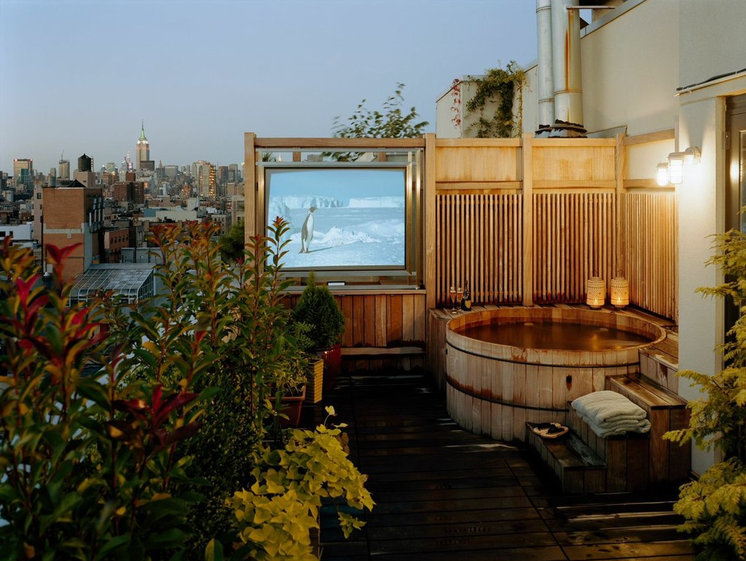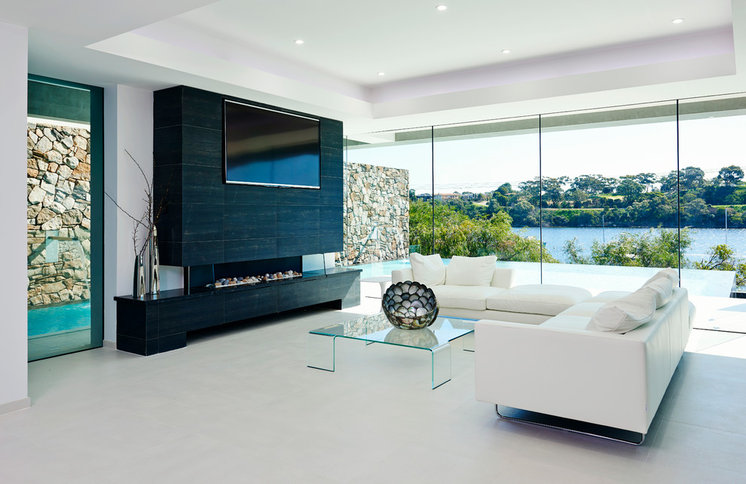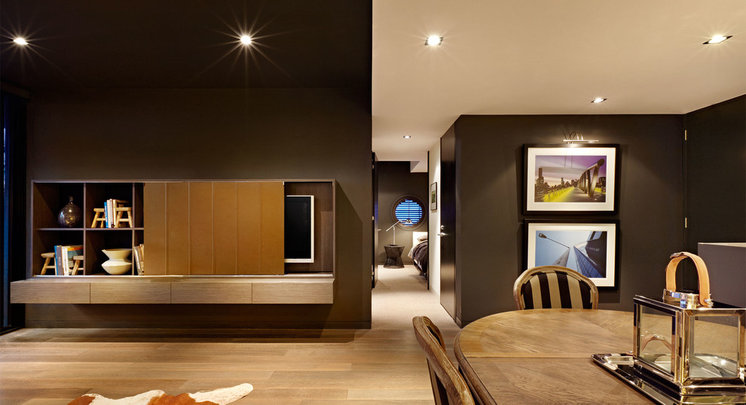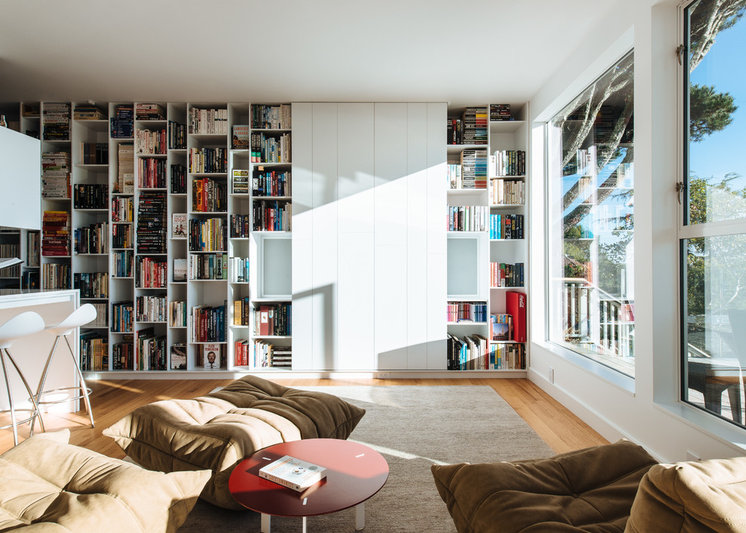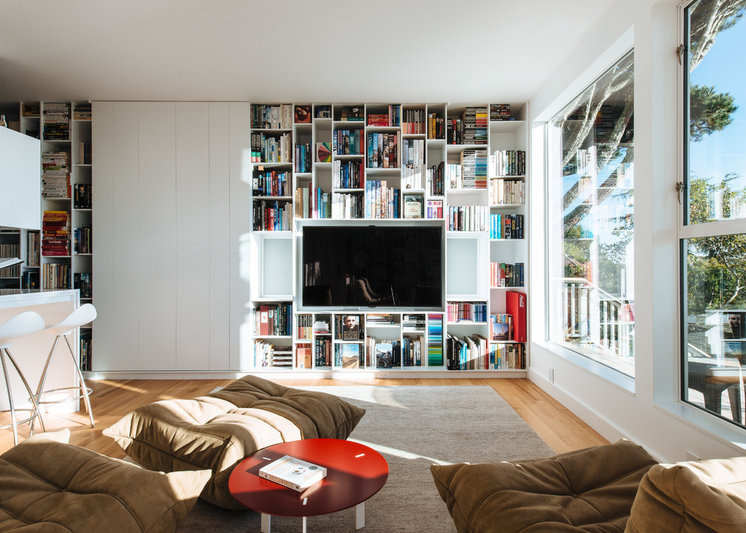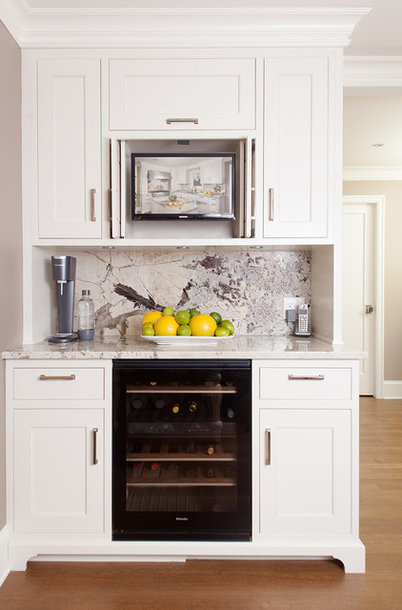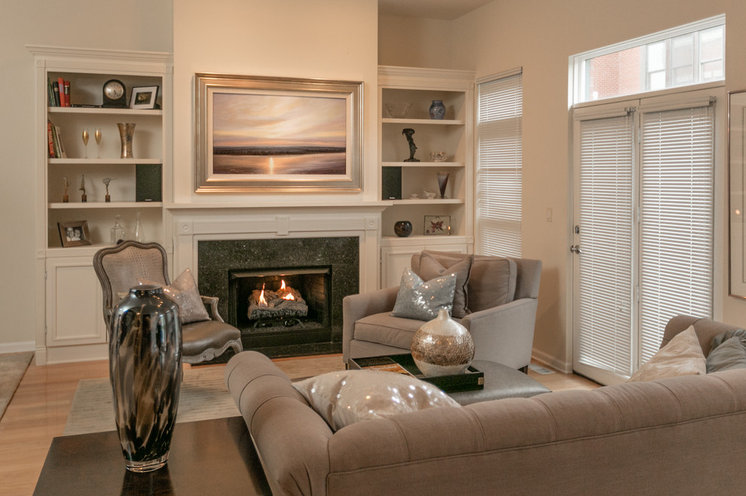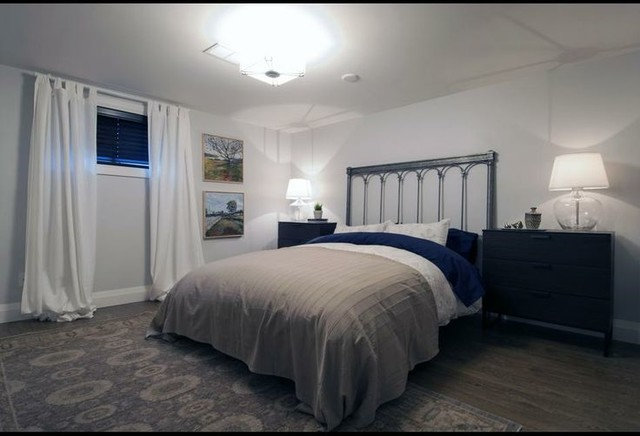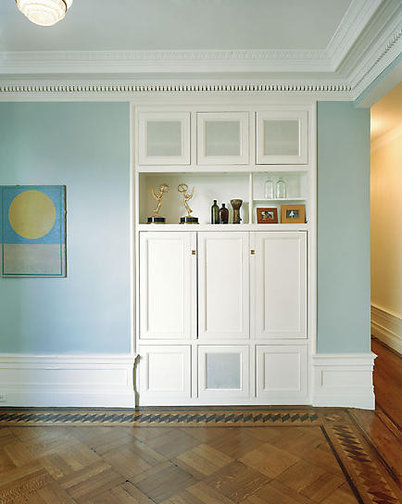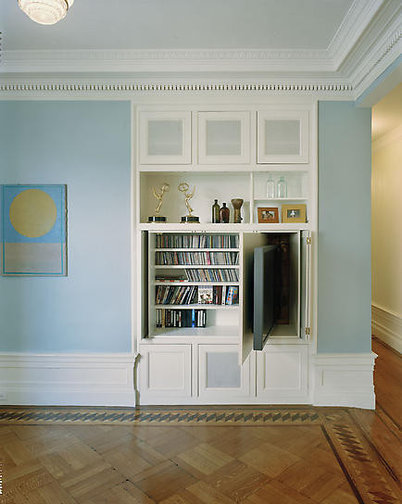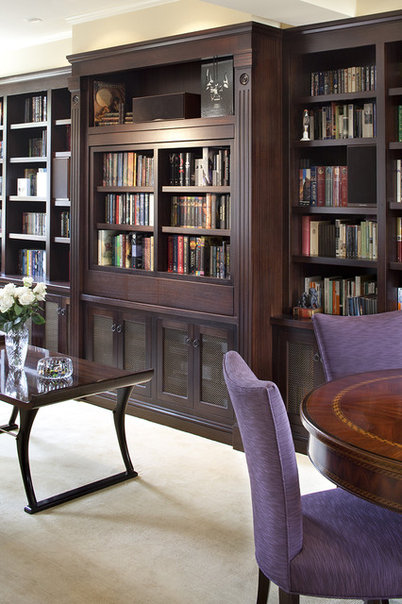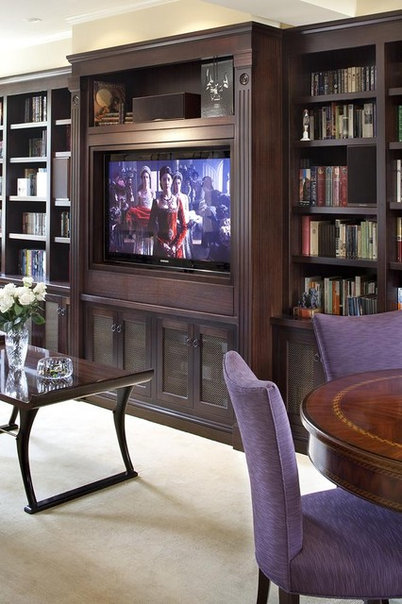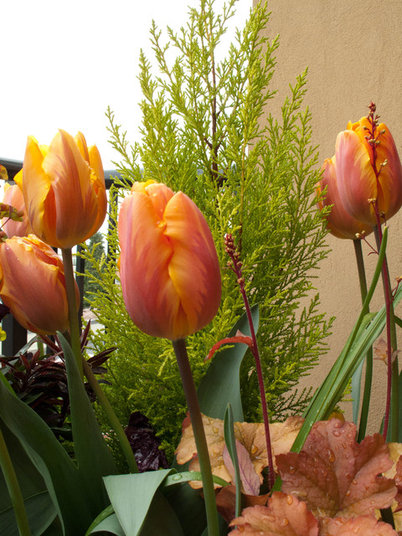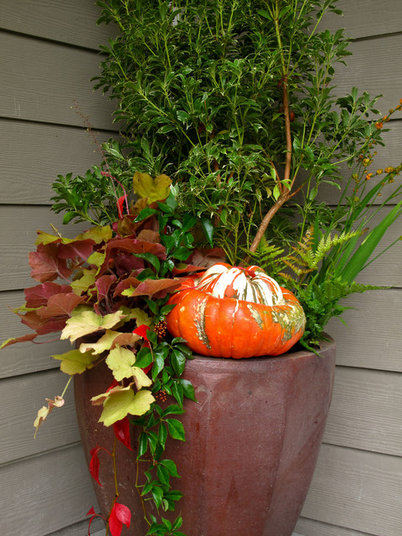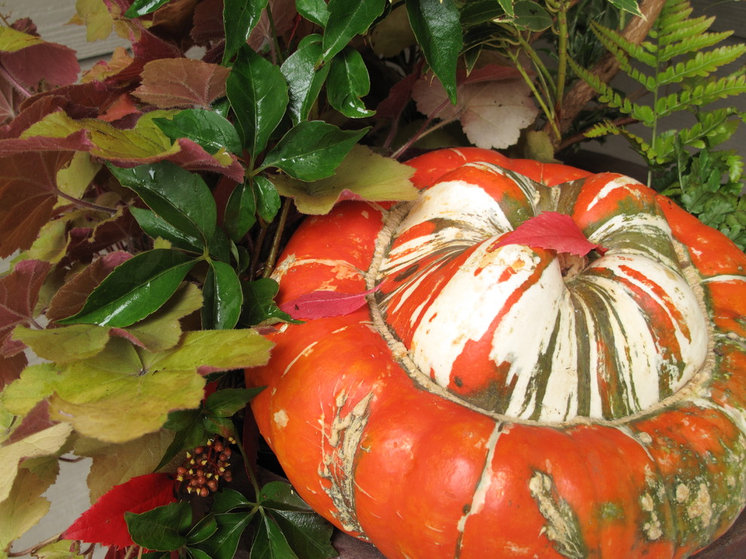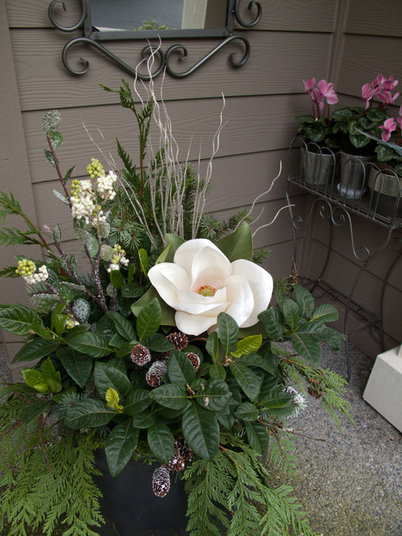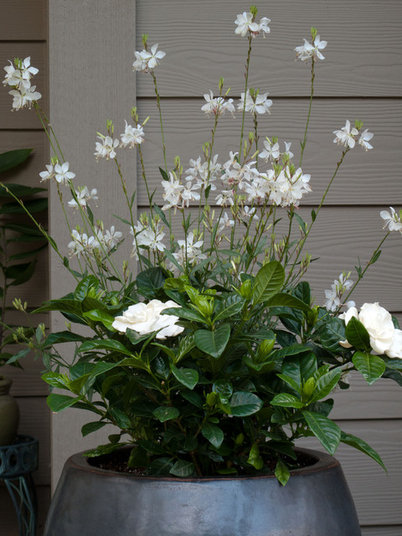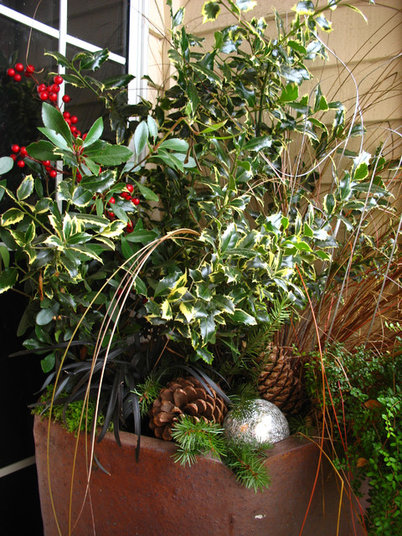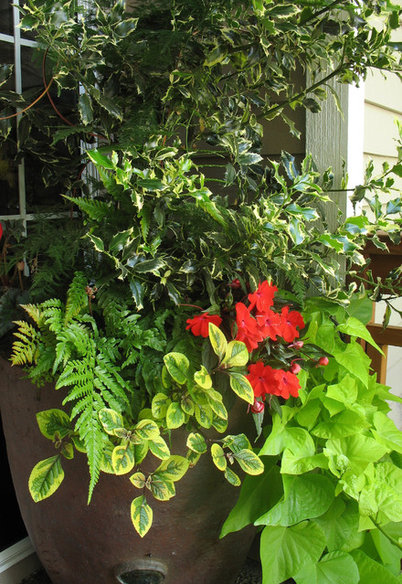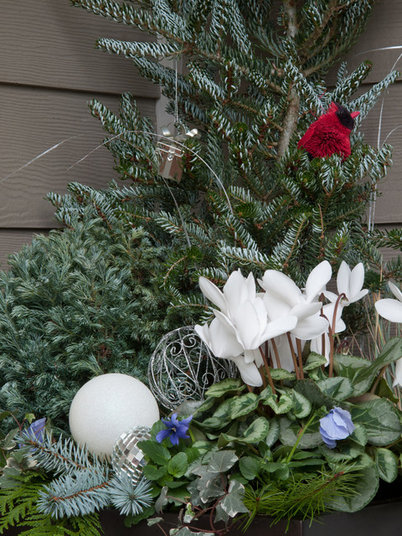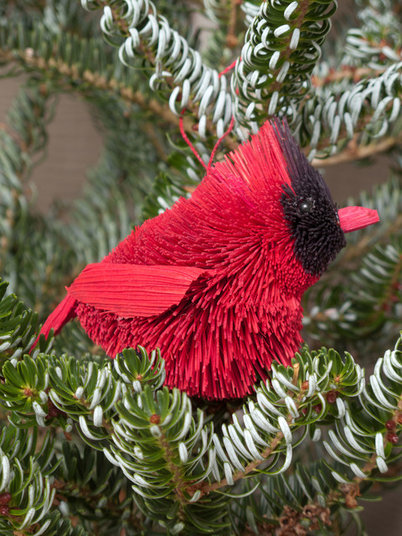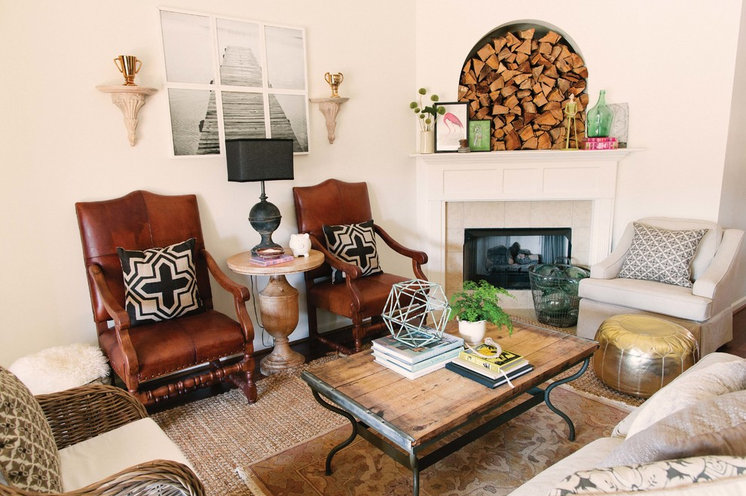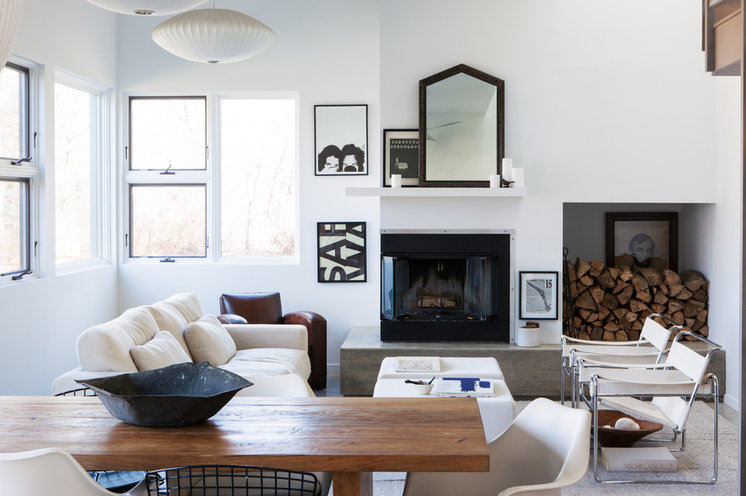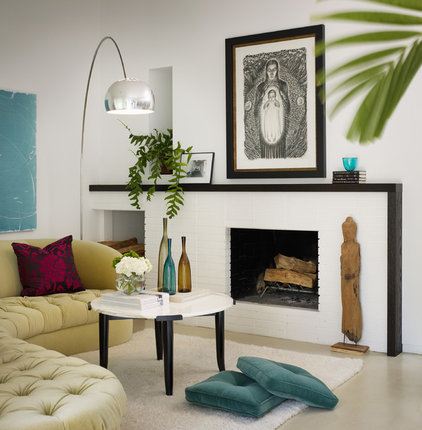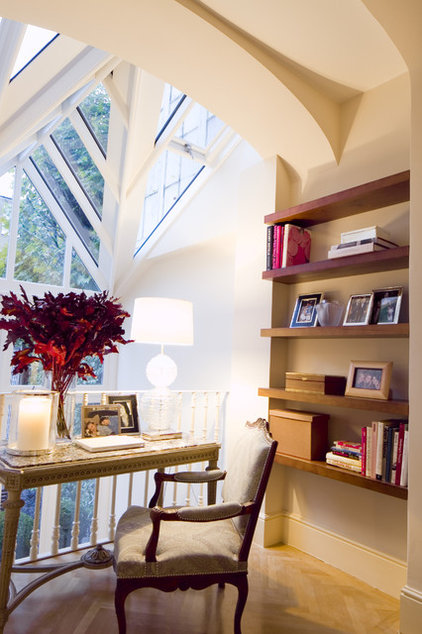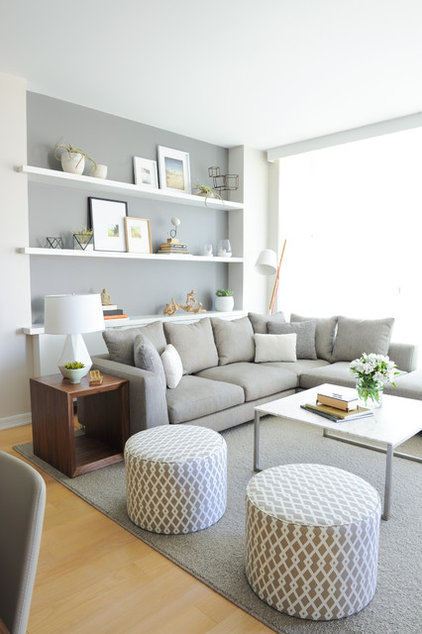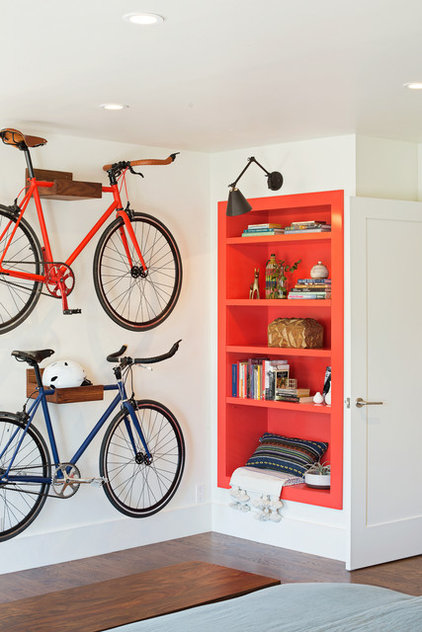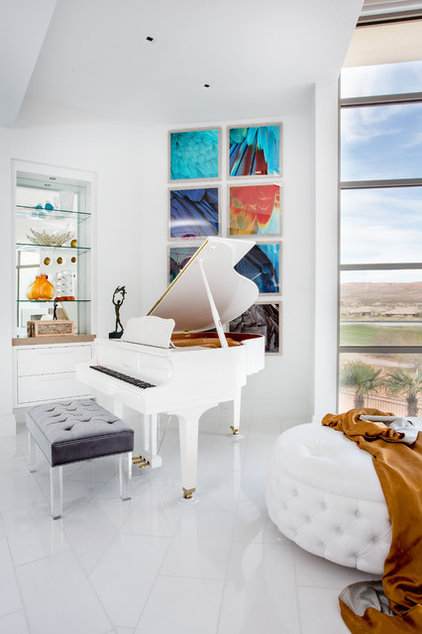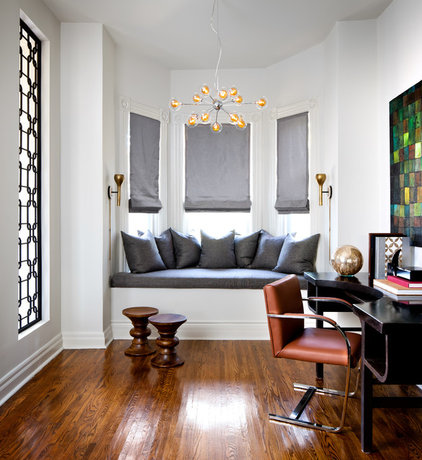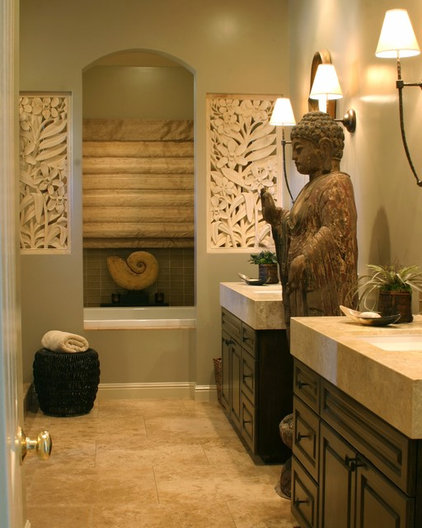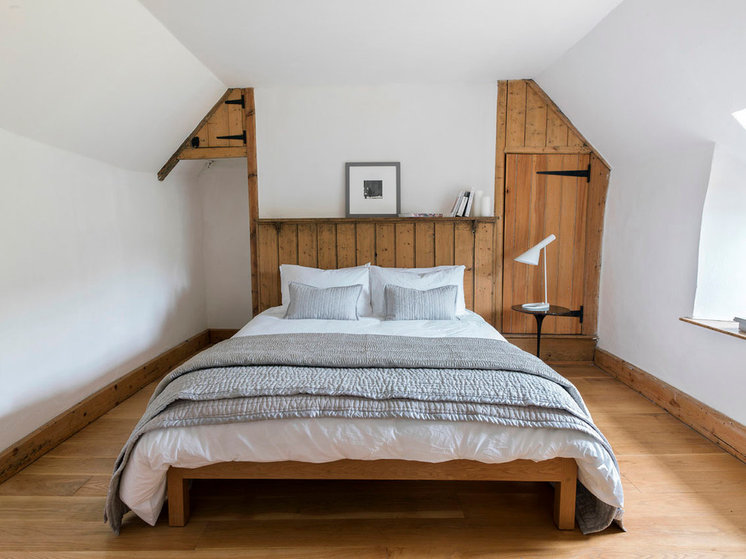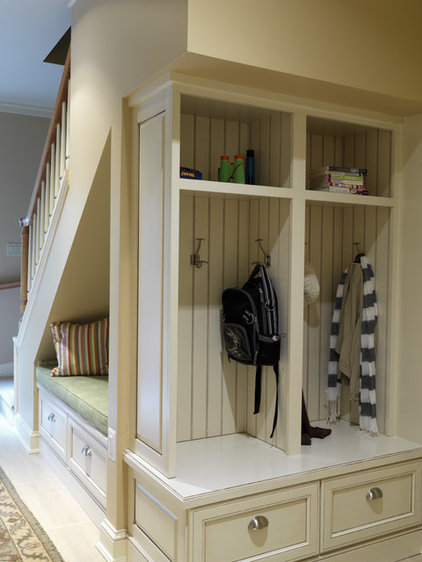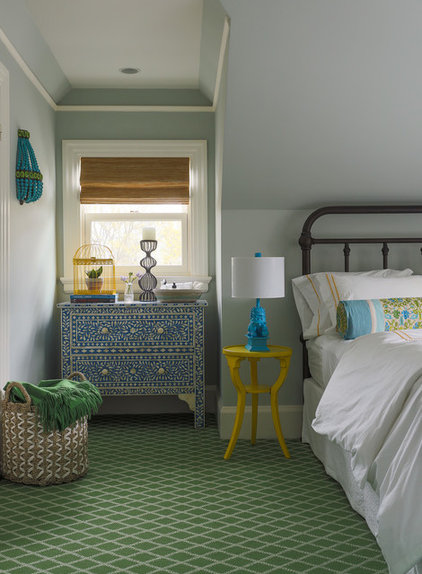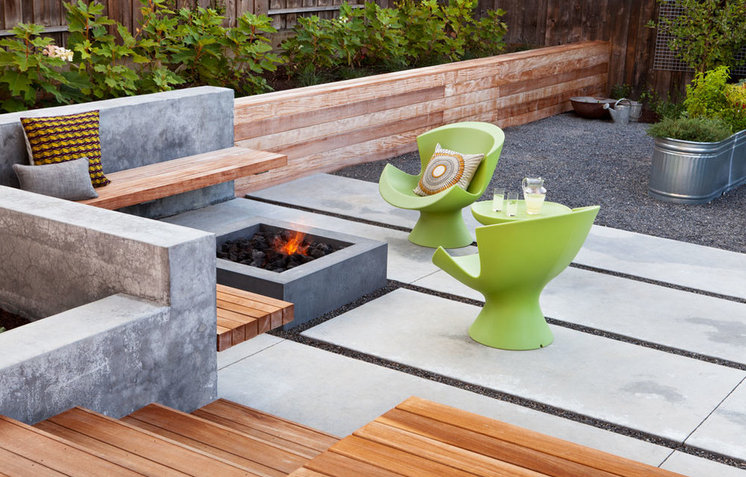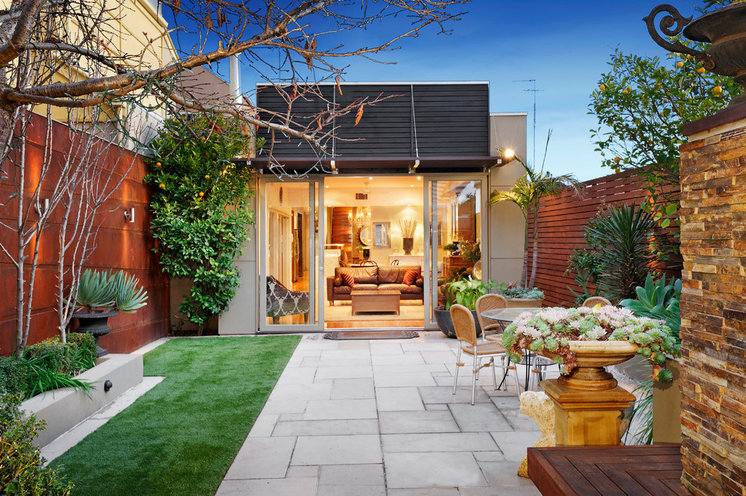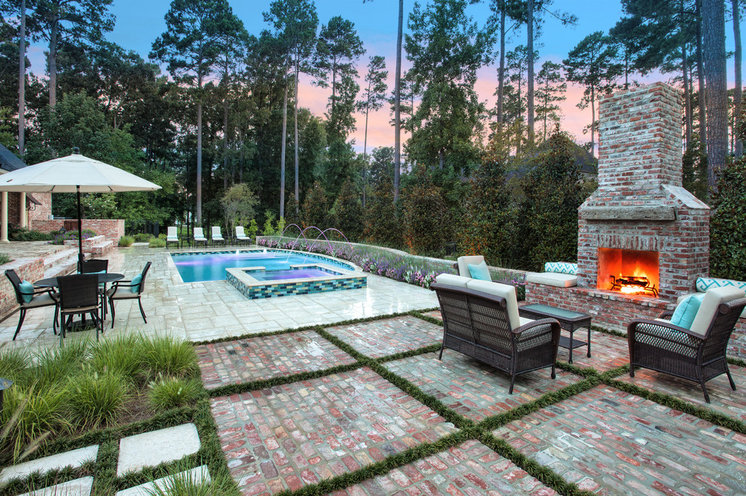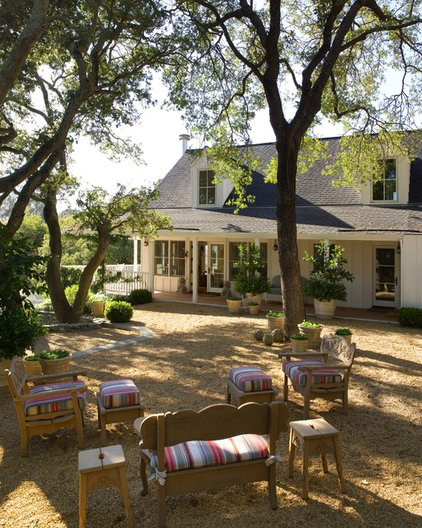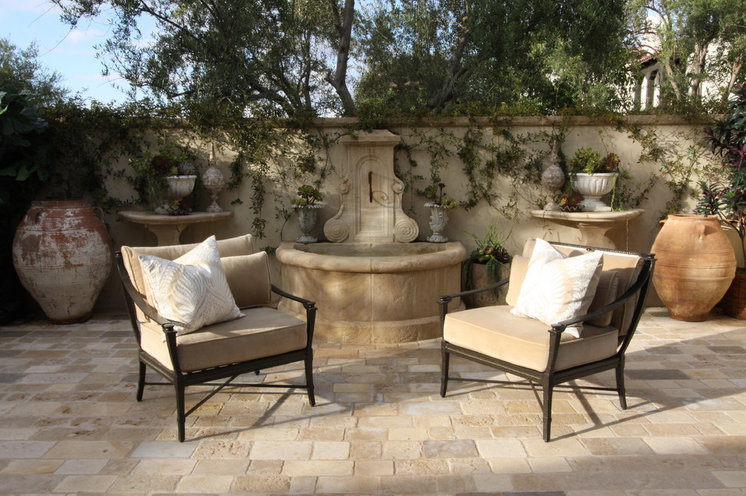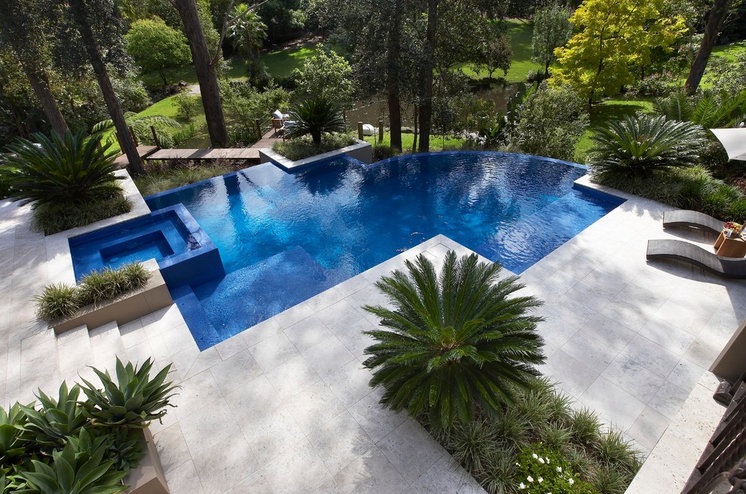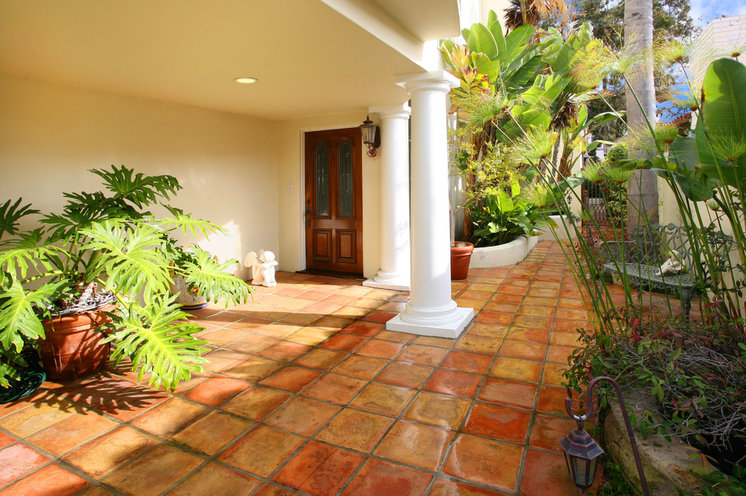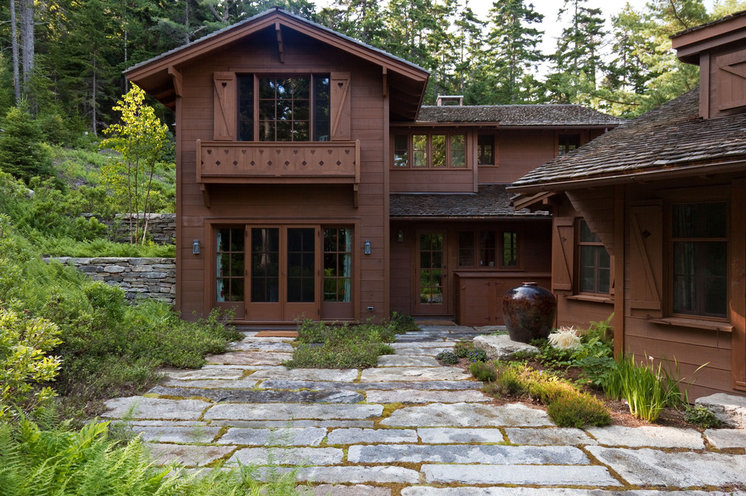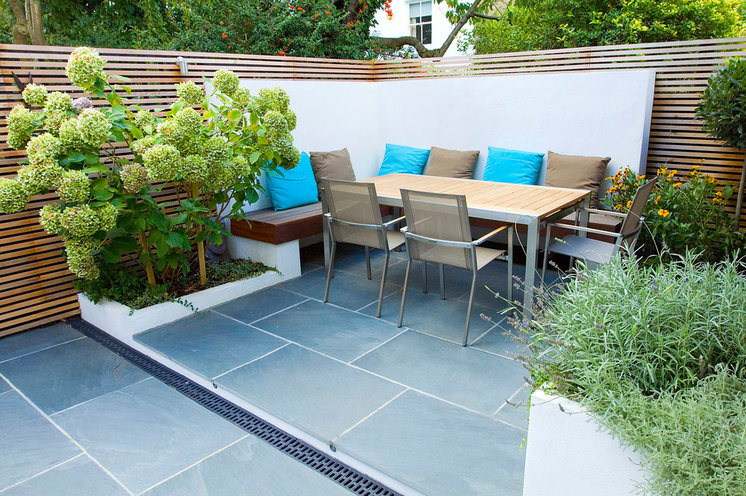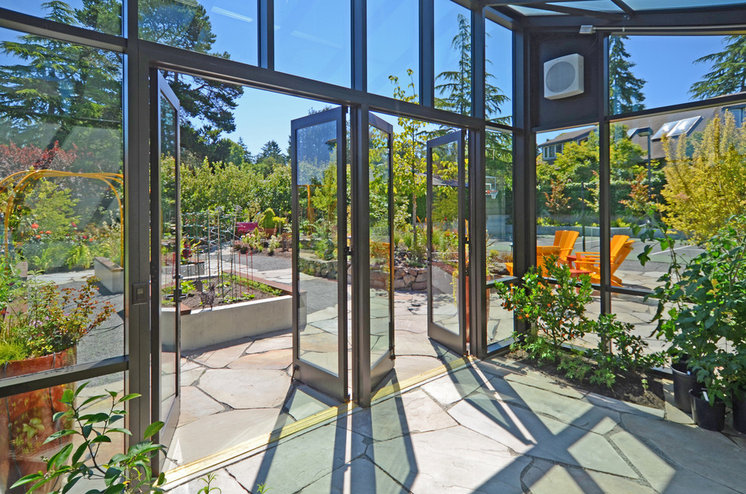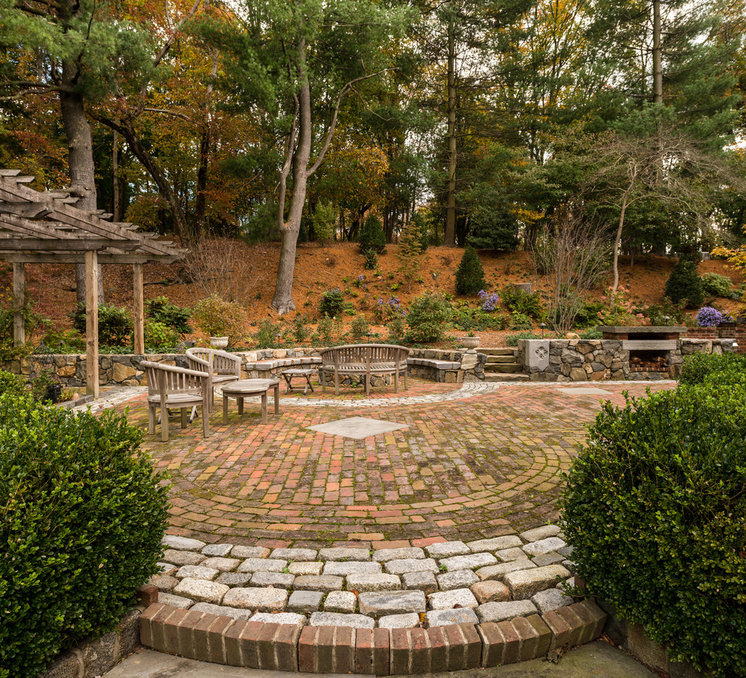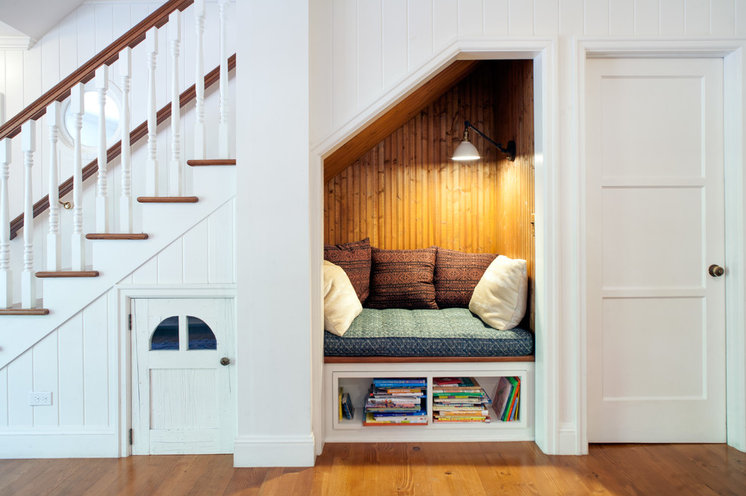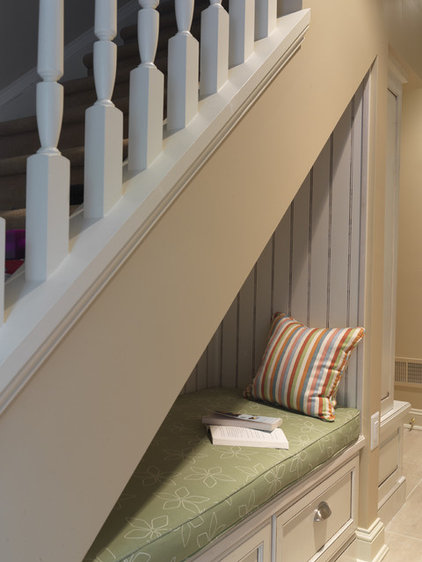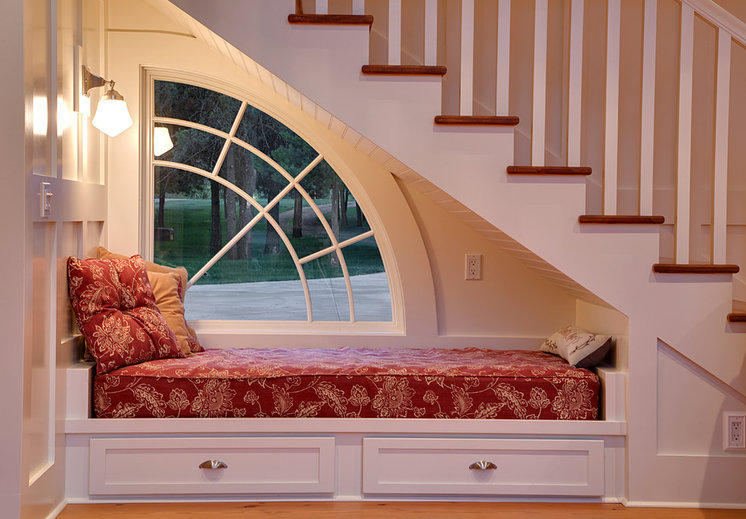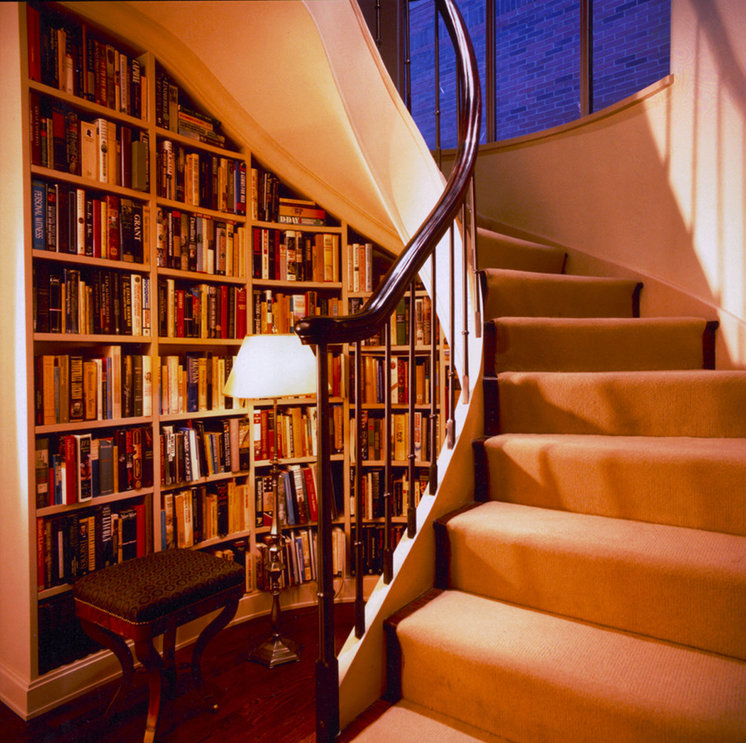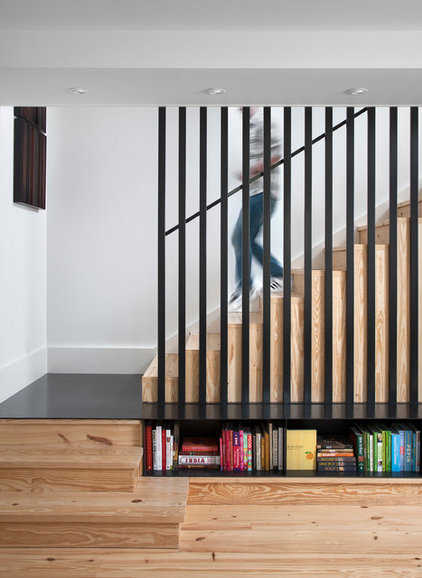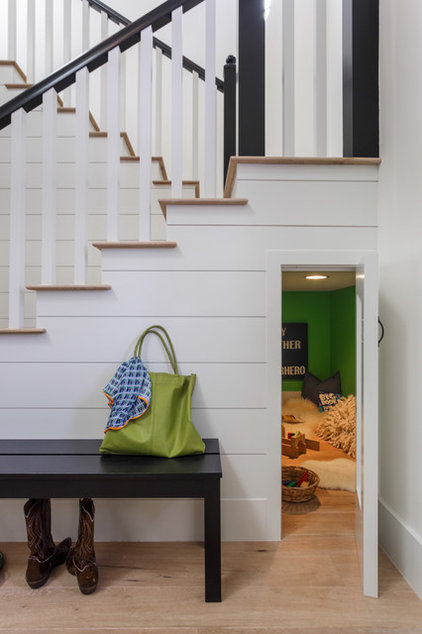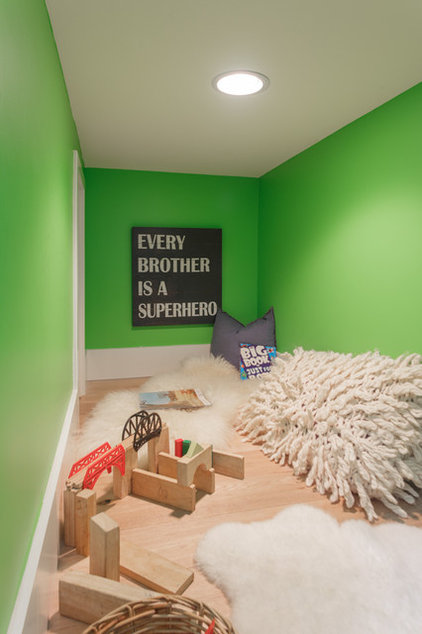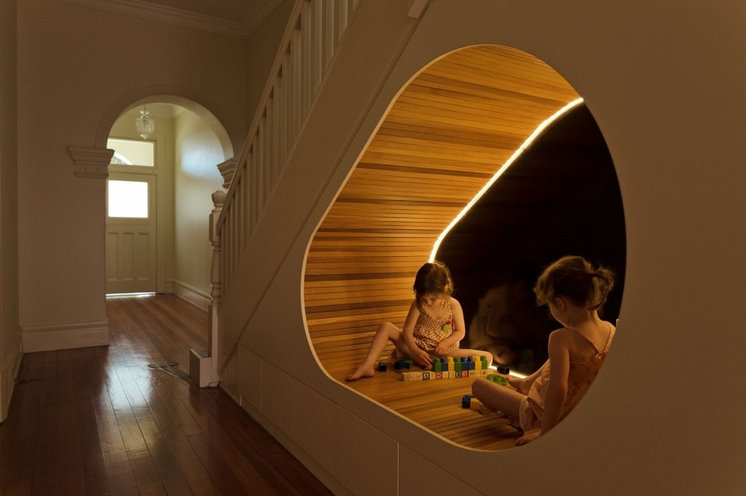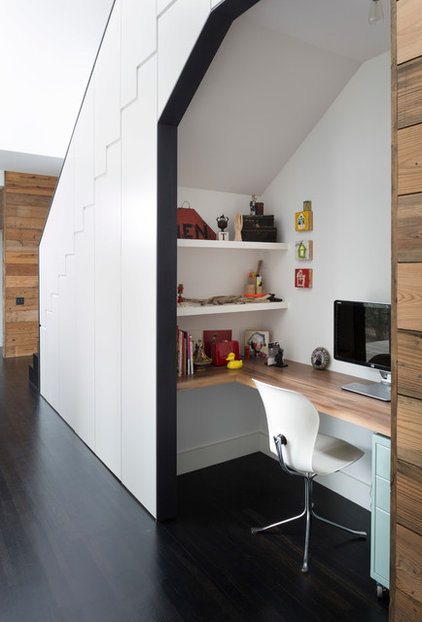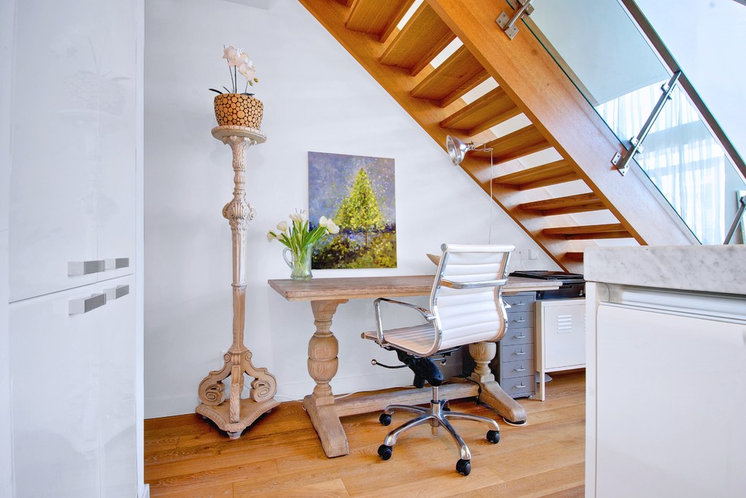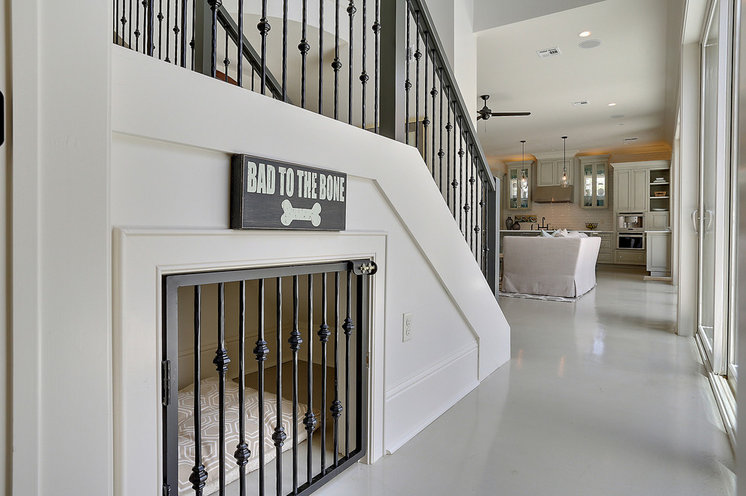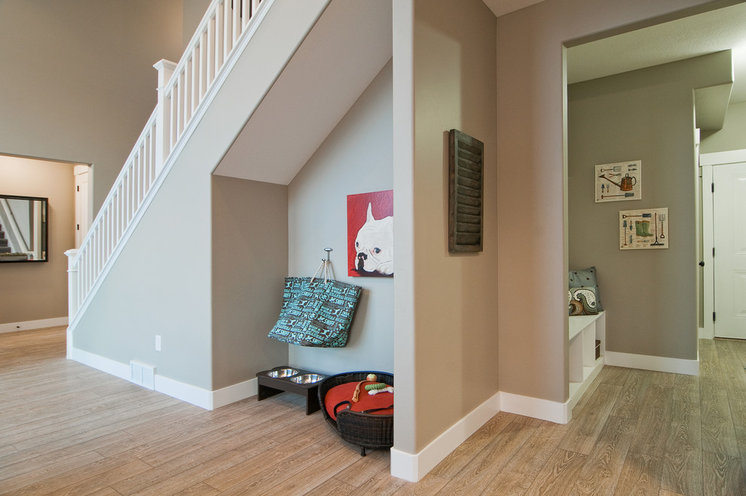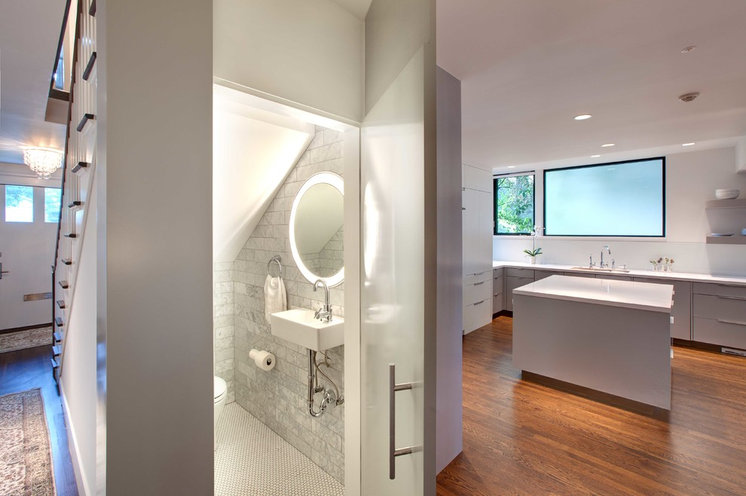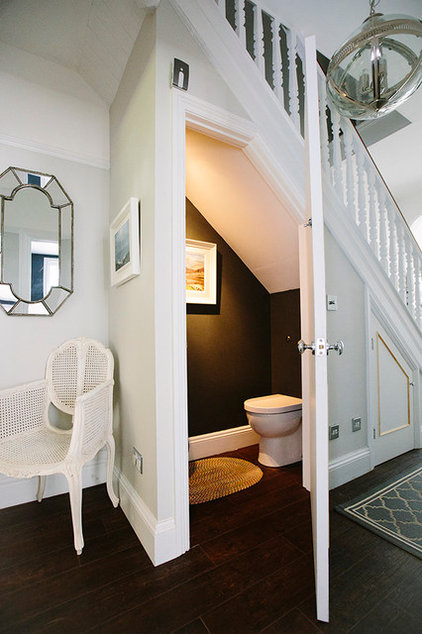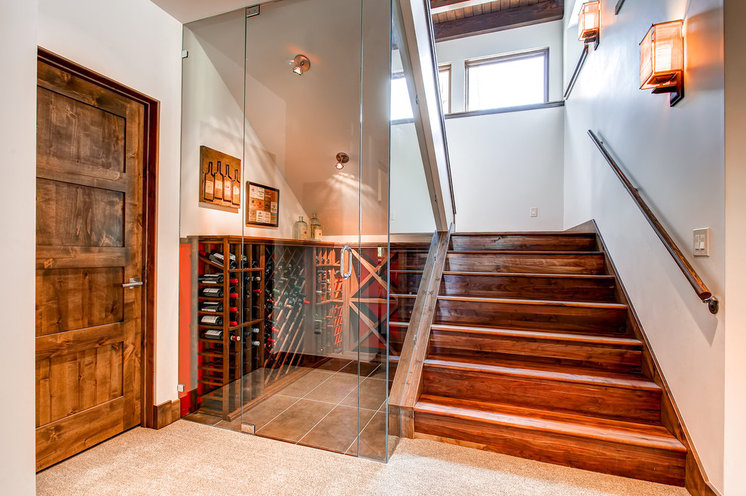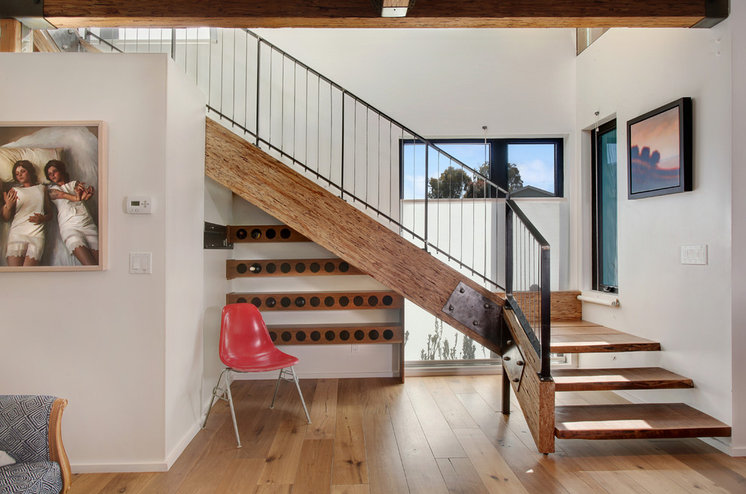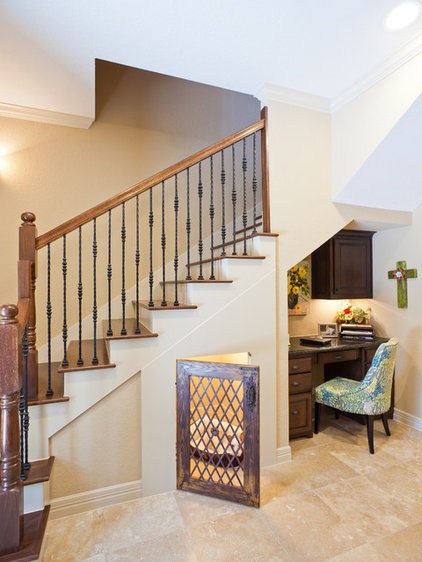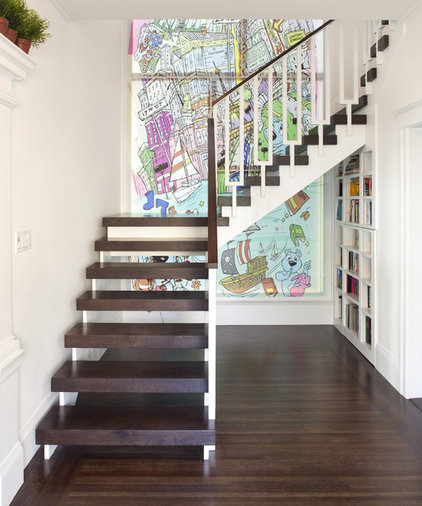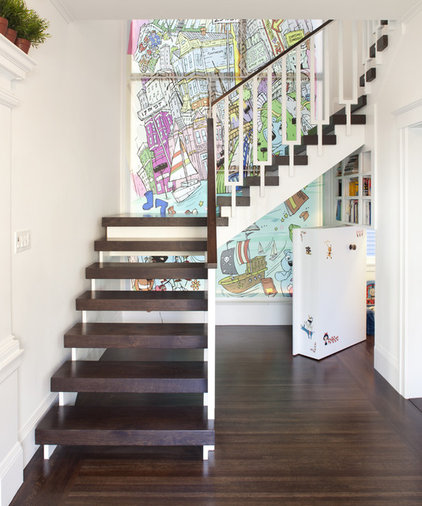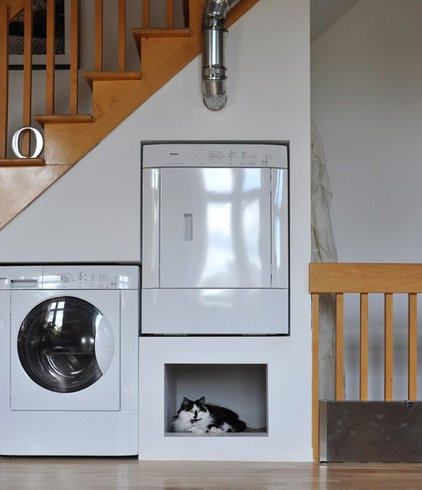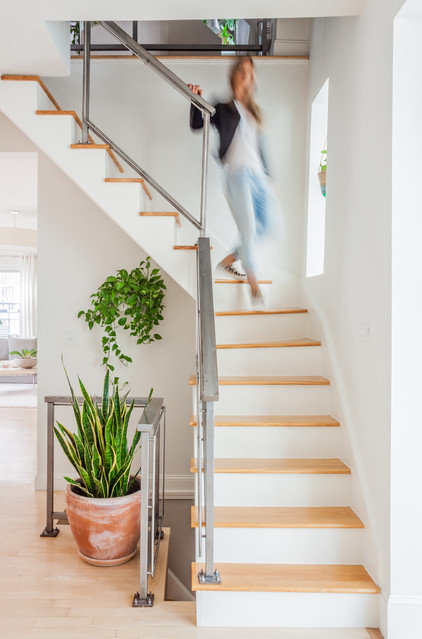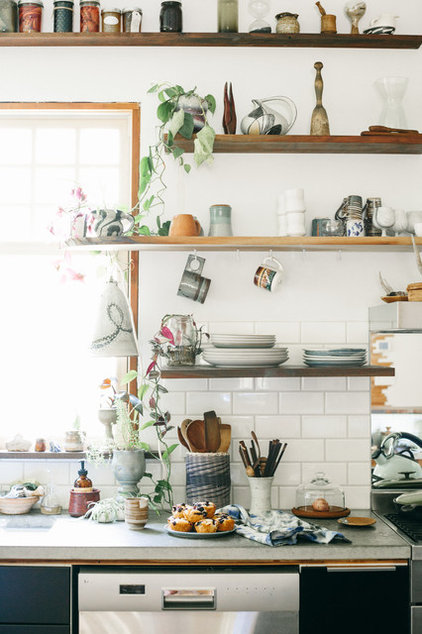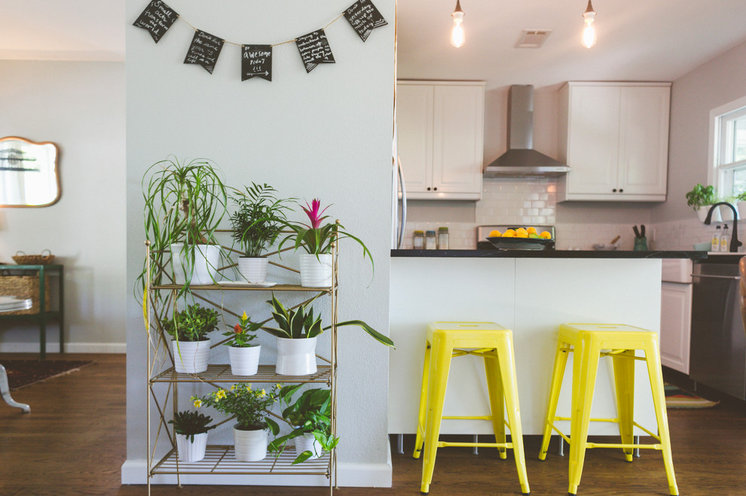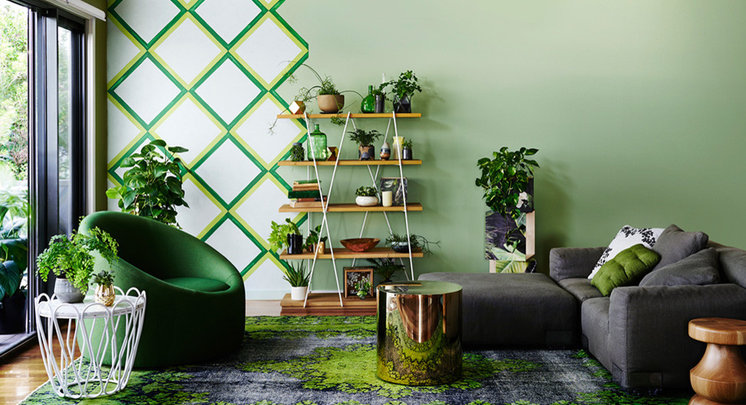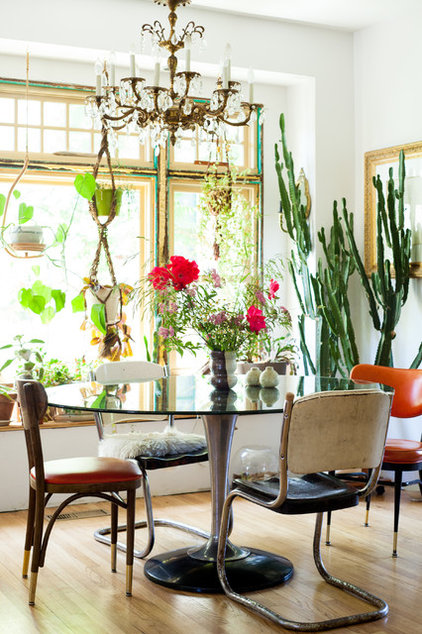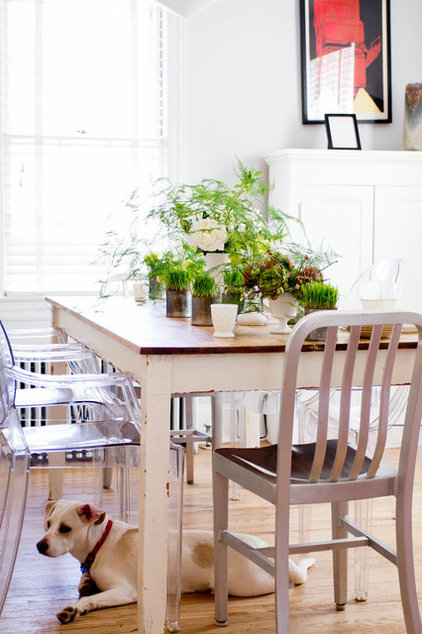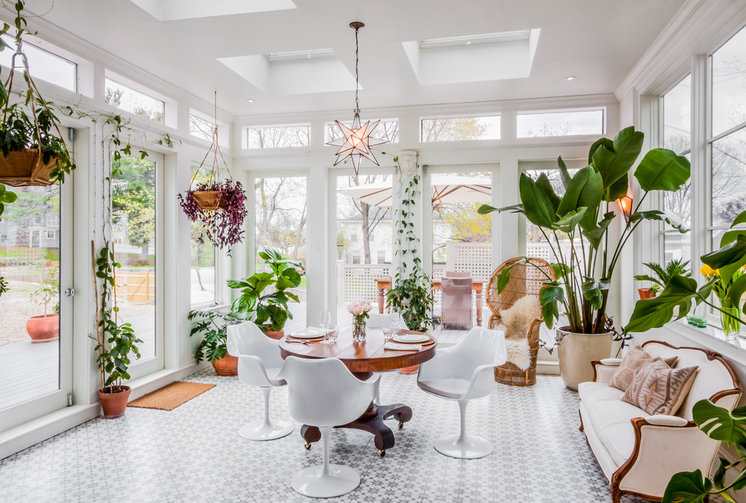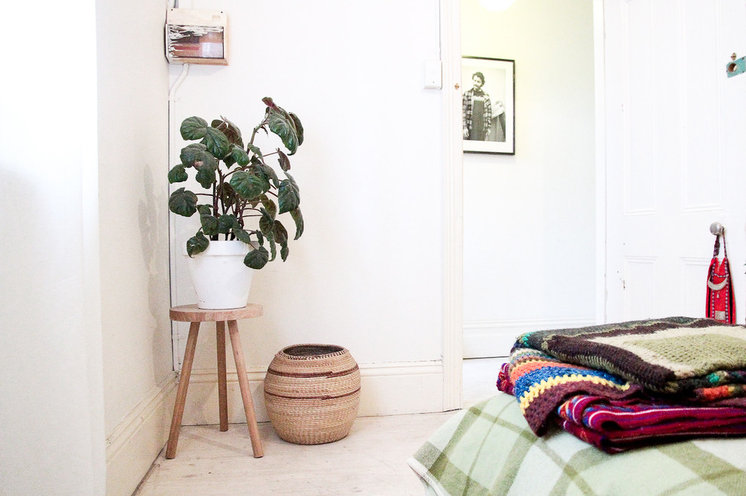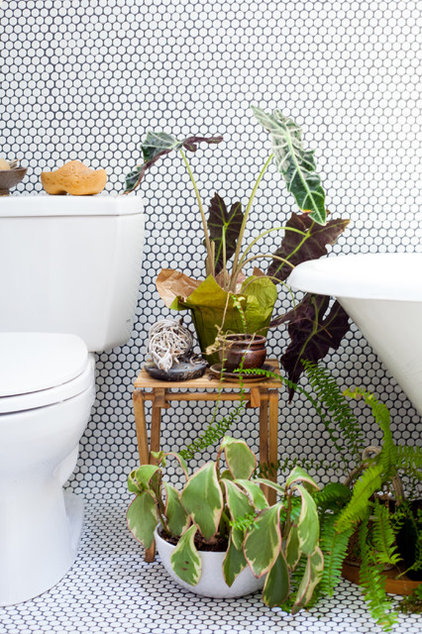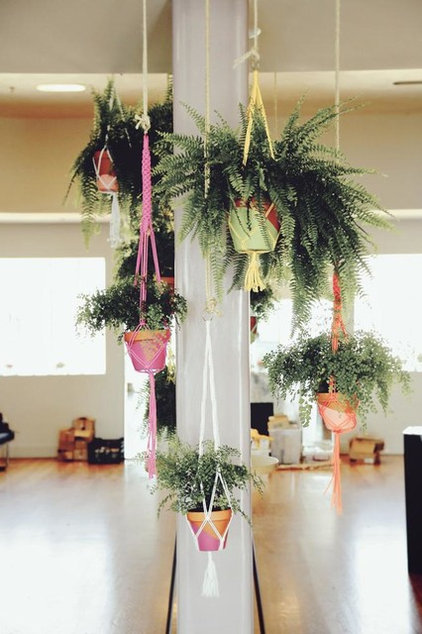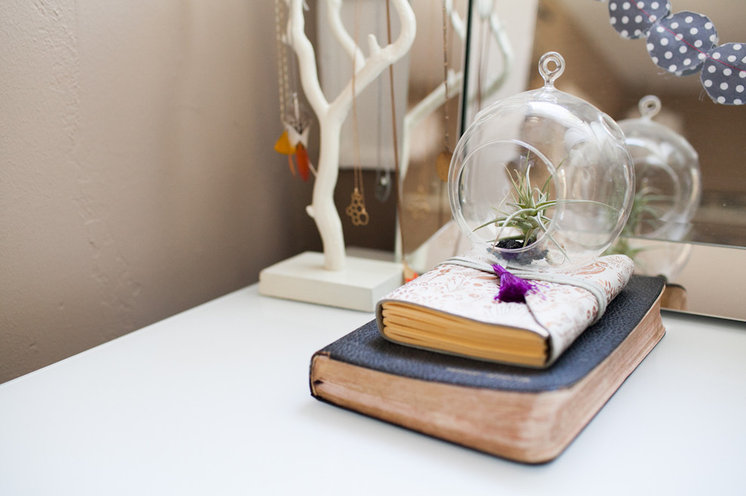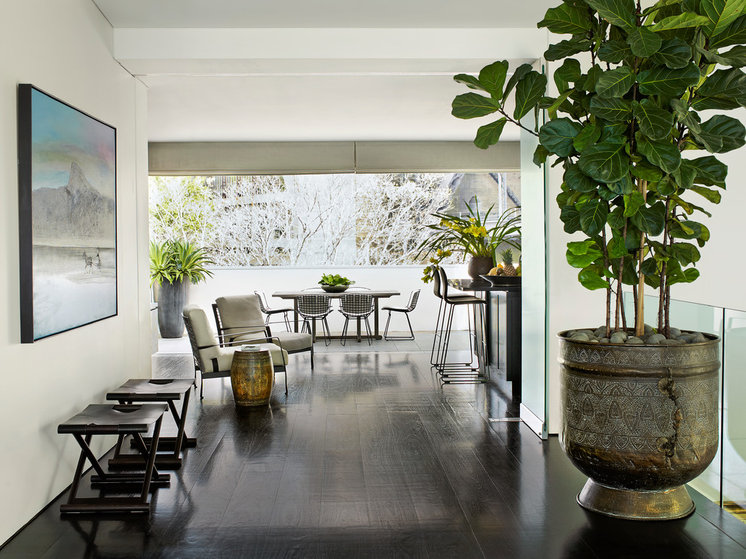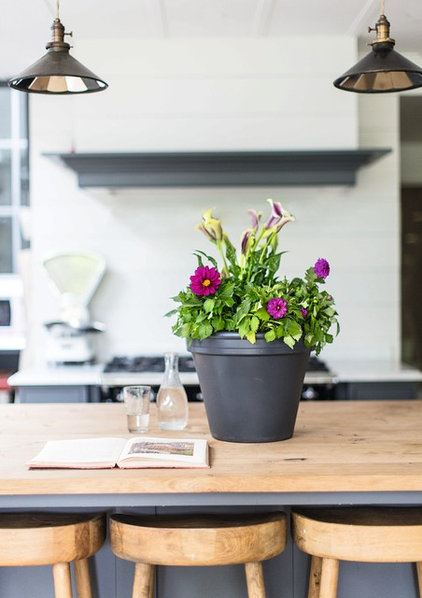The path shown here embraces its sense of place and begs to be explored. The best paths embrace their environment. With its curves and unknown destination, this path calls to those who dare to wander far enough to discover its hidden story.
Category Archives: Home Decorating
10 Ways to Use Ornamental Grasses
Grass: Calamagrostis acutiflora ‘Karl Foerster’
Need to know: Feather reed grass does well in most areas (USDA zones 3 to 9; find your zone), and grows tall rather than wide, making it a good choice for small spaces.
Grass: Mexican feather grass (Nassella tenuissima)
Need to know: Mexican feather grass is extremely drought-tolerant and hardy in zones 6 to 10, but is identified as a highly invasive species in California and Oregon. Mexican feather grass reseeds, so it may need to be pulled out in places you don’t want it to spread. If you live in California, the University of California Master Gardener Programrecommends as alternatives California native blue grama grass (Bouteloua gracilis ‘Blonde Ambition’), California native prairie dropseed (Sporobolus airoides), Mexican deer grass (Muhlenbergia dubia) or pink muhly grass(Muhlenbergia capillaris, especially ‘White Cloud’).
Grass: Little bluestem
Need to know: Little bluestem is an incredibly hardy (zones 2a to 9b) and easy-to-care-for plant, native to all of North America except Alaska, Oregon, Nevada, Prince Edward Island, Newfoundland and the Canadian territories. Little bluestem is very drought-tolerant and grows well from seed.
Grass: Pennisetum ‘Fairy Tails’
Need to know: Unlike other varieties of purple fountain grass, Pennisetum ‘Fairy Tails’ does not seed, and so is not considered invasive in California (two other noninvasive varieties ofPennisetum are ‘Rubrum’ and ‘Fireworks’). Purple fountain grass is perennial in zones 8b to 11.
Grass: Pink muhly grass, Muhlenbergia capillaris
Need to know: Native to the East Coast of the United States, pink muhly grass clumps, so it will not invade other planting beds. Hardy in zones 7 to 9.
Grass: California meadow sedge (Carex pansa)
Need to know: Carex pansa is a species of sedge native to the west coast of North America, spanning from California to British Columbia, and thrives in that area. For other parts of the U.S., the Brooklyn Botanic Garden recommends Texas native Carex perdentata; Catlin sedge (Carex texensis), hardy to Zone 6; Pennsylvania sedge Carex pensylvanica, native to the eastern and central United States; and Carex senta, known as Baltimore sedge, native to the eastern United States.
How to Care for Your Home Library
Find your library style. No matter your reading preferences, the books you choose to keep in your home should hold special meaning for you — books that are only so-so aren’t worth making room for on your shelves. Once you’ve decluttered your library, it’s time to decide on a sorting method. Here are a few to consider.
- Bookstore-style. Sorting nonfiction books by subject and fiction alphabetically by author works especially well for larger book collections, for which other organizing methods would fall short.
- By theme. This fun method of sorting will appeal especially to creative types. To try it, pick a broad theme (like “water”) and shelve all books related to this topic together, from cookbooks (coastal cooking and fish recipes) to fiction (Like Water for Chocolate, The Old Man and the Sea) to nonfiction (beach houses, water-wise gardens).
- Rainbow order. As sorting methods go, this controversial idea works best for visually oriented people. If you learn best visually, you may be surprised at how easy it is to find a certain book based on the color of the spine.
Try it: Sorting by color. If sorting your books by color sounds appealing to you, I urge you to give it a try — there is something soothing about looking at shelves arranged by color, and it never fails to impress guests. If you want to try it, you will need to dedicate an hour or more (depending on how many books you have to sort) to the initial process. Here are a few color-sorting tips.
- You don’t need to stick with rainbow order; books in blocks of color look great no matter the order.
- Depending on the colors in your decor (and your personal preference) you may want to limit the color blocking to certain hues. Books that don’t work with the scheme can go in baskets or be moved to shelving in a different room.
- Even one color-sorted shelf can have a big impact. Try it with your cookbooks!
Try it: Add cover appeal. One of the reasons it’s so much fun to browse in a good bookstore is the visual nature of the book displays. To increase engagement with your home library, try to find a few places in your home where you can display books with covers facing out. Here are a few ideas:
- Top a round table with short stacks of interesting books.
- Install picture shelves and use them to display books instead of artwork.
- Top a credenza with a few favorite books, either lying flat or standing upright.
Special care for rare books. If you have a passion for collecting rare first editions or antique volumes, it is important to take some precautions to protect your investment. To keep your most treasured books in good shape, be sure to:
- Keep books out of direct sunlight, as it can bleach the covers.
- Shelve books neatly, with bookshelves snug but not overcrowded.
- Lay very large and heavy books flat.
- When looking at a book, set it on a table, and don’t open the spine farther than it wants to go.
- Wash your hands before handling!
Can You Spot the TV?
The transparency of the fireplace and stunted height of the structure keep the piece from intruding on the space or blocking the flow of light.
TV mirrors like this have come on the market as consumers look for entertainment systems that won’t disrupt their room designs. You simply select a frame that suits your decor or choose no frame at all. Just think, now you won’t have to worry about getting your laptop or tablet wet when watching a movie in the bath. Just direct your attention to your bathroom vanity mirror, sink in deeper and say, “Ahhh.”
5 Container Gardens for Fall and Beyond
Whoever suggested we “deck the halls with boughs of holly” clearly wasn’t also trying to cook a turkey, wrap gifts and bake dozens of cookies. Planting a container garden is rarely on the holiday to-do list, yet it is such a perfect way to welcome friends and family to a home.
With a little creativity you can quickly transform any container gardens you may already have, and with some extra planning you can ensure that they continue to shine year-round. By starting with a backbone of great foliage and then adding a few seasonal highlights, you can have your container gardens mark each season with style while still having enough time to enjoy the festivities.
Here are five easy container garden designs and ideas on how to change them up for each season.
1. Fall Container Garden
Fall shades are the starting point for a Thanksgiving design that can easily be given mini makeovers to look great all year.
Year-round interest:
• Dwarf vine maple tree (Acer circinatum ‘Little Gem’)
• ‘Spellbound’ coral bells (Heuchera hybrid), with gorgeous purple foliage
• Dwarf evergreen conifer
• Orange grass-like ‘Goldfinger’ New Zealand iris (Libertia ixioides)
• Trailing ‘Wojo’s gem’ periwinkle (Vinca maculata)
Fall interest (shown):
• Add deep red pansies.
Thanksgiving accents:
• The orange pot itself sets the scene.
• Nestle orange and yellow gourds among the purple foliage.
Christmas cheer:
• The bare red stems of the maple add height and Christmas color.
• Replace gourds you added in fall with gold accents, such as weatherproof ornaments.
• Orange ‘Princess Irene’ tulips will repeat the color of the container and can be planted in fall with the pansies.
• Forgot to add bulbs? You can purchase pots of flowering spring bulbs and simply tuck them in.
• The pansies will be in full bloom.Summer interest:
• Replace the pansies and tulips with deep burgundy ‘Black Magic’ ivy geraniums.
2. Quick Summer-to-Fall Pot
I often have leftover plants at the end of summer — this container idea is an easy way to put them to good use. These plants are still in their nursery pots and simply nestled into a decorative container. Milk cartons and empty pots are stacked inside the brown container to get the plants to the right height. You can always plant them properly when you have more time.
• Big leafy coral bells (Heuchera)
• Autumn fern (Dryopteris erythrosora)
• Andromeda (Pieris japonica)Fall and Thanksgiving accents (shown):
• A large pumpkin easily fills in space.
• Colorful vines provide instant trailing accents.
Christmas cheer:
• Replace the pumpkin with faux gifts wrapped and beribboned in festive colors.
Spring interest:
• Add a basket of pretty primroses, still in nursery pots and surrounded by Spanish moss to hide the evidence!
Summer interest:
• This is a good time to plant everything properly, as it will make watering easier.
• Replace primroses with shade-tolerant annuals, such as begonias or impatiens.
3. The Little Black Dress
Black never goes out of fashion, and with a few new accessories this artistic container can easily be ready for a party.
Year-round interest:
• Gardenia
Fall interest:
• White Japanese anemones (Anemone japonica) planted behind the gardenia
Thanksgiving accents:
• Add a couple of mini white pumpkins around the base of the gardenia.
Christmas cheer (shown):
• Add everlasting accents and stems, such as silk magnolia, white berries and clusters of cones dusted with silver.
• Insert evergreens from the garden — such as cedar, juniper and fir — into the moist soil; they will keep fresh for weeks.
Hanukkah highlights: This elegant, monochromatic design could easily be enhanced with silver and blue glass baubles.
• Hide pots of flowering white daffodils behind the gardenia.Summer interest (shown):
• Replace spring bulbs with white cosmos or wand flower (Gaura lindheimeri).
4. Holly Isn’t Just for the Holidays
Keep holly (Ilex sp.) in your container and you have a jump start for every season.
Year-round interest:
• ‘Gold Coast’ holly (Ilex aquifolium)
• Black mondo grass (Ophiopogon planiscapus nigrescens)
• Leatherleaf sedge (Carex buchananii)
Fall and Thanksgiving accents:
• Add colorful pumpkins.
• Add stems of yellow and orange bittersweet(Celastrus scandens)
Christmas cheer (shown):
• Add pinecones, stems with berries and silver balls
• Insert lengths of evergreens from the garden, such as fir and spruce.
• Pots of flowering spring bulbs or primroses can replace the Christmas accents.Summer interest (shown):
• Switch out the spring flowers with redimpatiens and bright green trailing ‘Margeurite’ sweet potato vine (Ipomoea batatas) for summer color.
5. Nontraditional Colors
The color scheme for this container garden is blue, white and silver but that doesn’t mean it can’t work for fall holidays and springtime too.
Year-round interest:
• Korean fir (Abies koreana)
• ‘Baby Blue’ boulevard cypress(Chamaecyparis pisifera)
• Trailing ivy
Fall interest:
• Cyclamen offer wonderful fall color on a protected porch. Keep them in their nursery pots for ease of watering. Simply remove the plant in its container and stand it on a saucer of water for a few minutes before tucking back it into the planter.
• The felted silver foliage of dusty miller(Senecio cineraria) is winter hardy.
• Blue and white pansies
Christmas cheer (shown):
• Hang silver ornaments from the tree branches.
• Add larger silver and white balls at the base.
• Insert a few stems of blue spruce around the container’s edges.
• Consider just a single splash of bright color, such as this little red cardinal.
Spring interest:
• White crocus
• White hyacinths
• The pansies will be in full bloom.
Summer interest:
• Replace the pansies with white million bells (Calibrachoa).
Just a few minutes of your time can transform those container gardens from frumpy to fabulous.
Happy holidays
11 Smart Decorating Ideas for Wall Niches
See 8 ideas for floating shelves
Paint by Benjamin Moore: Street Chic CSP-45 (backdrop); Balboa Mist 1549 (walls)
See more bold colors for niches, nooks and crannies
Similar paint color: Rumba Orange 2014-20, Benjamin Moore; bike racks: CB2
See 8 clever ideas for the space under the stairs
Cabinets: Crystal Cabinets
Chest: Butler Specialty Co.; wall paint: Cool Breeze, Benjamin Moore; carpet: Delmar in Iris Green, Prestige Mills; bed: Pottery Barn
Your Guide to Choosing Patio Stones
Published: April 9, 2013
With so many patio stones on the market, it can be hard to choose. So we’ve done the research to help you make the right choice for your home.
Brick
Brick pavers are classic. They’ve got lots of character, and you can explore your creative chops by setting them in intricate patterns. Thinner than typical “builder bricks” used on home siding, they’re made to hold up under heavy foot traffic.
Brick pavers come in a variety of shapes, sizes, colors, and finishes, and can look old or new. Because they’re smaller than other pavers, they take a while to put in place, and installation costs can be higher.
You can do the job yourself for $3 to $5 per square foot. You’ll need to rent a brick saw — a heavy table-mounted saw that makes cutting masonry a snap. Cost: $60 to $95 per day. Don’t forget: You’ll need to figure out a way to get the brick saw to your house.
For a pro-installed brick patio, you’ll pay $12 to $18 per square foot, professionally installed.
Concrete
Concrete can be finished off in lots of imaginative ways — brushed, acid washed, scored, and stamped — and lots of colors. Its long lifespan and relatively inexpensive installation make it a popular choice.
“For colder climates, consider adding $1 to $2 per square foot for a specialized base preparation and concrete additive,” says Chris Fenmore, principal with Garden Studio Landscape Design.
Stamped concrete can simulate flagstone, brick, cobbles, and other decorative patterns, but adds about $3 per square foot to installation costs.
Figure $6 to 12 per square foot, depending on finish and color.
Concrete Pavers
Concrete pavers offer an embarrassment of riches — there are shapes, sizes, textures, and colors galore. Some are plain; some look like real stone; others have intricate patterns embossed on their surfaces. They’re readily available at home improvement centers and are well-suited to DIY patio projects.
Interlocking concrete pavers have tabs and slots so they fit together like pieces of a very simple puzzle. They’re fairly inexpensive, have minimal maintenance, and install quickly.
Concrete pavers are $2 to $8 per square foot. If you’d rather have a pro do it, you’ll pay $7 to $15 per square foot, including materials.
Rubber Tiles
Rubber tiles are made from recycled tires. They’re designed to go over any surface, and their light weight means you can use them on decks. They look like concrete tiles, with finishes that resemble brick and terra cotta. They’re fairly new on the market, so the jury is still out on how they perform over time.
Rubber tiles are strictly a DIY material, and they snap together with connector clips. They’re good for quickly covering up old, cracked, worn patio surfaces. You’ll pay $3 to $5 per square foot.
Flagstone, Slate, and Marble
Almost any stone can work as a paver, but most are either sandstone, limestone, slate, or granite. The materials you select will be especially cost-efficient if they come from locally operated quarries; check your local stone supplier before looking at national home improvement chains.
Stone pavers are cut into modular shapes; 6-by-12, 12-by-12, and 18-by-18-inch sizes are standard. Uncut pavers have rough, irregular edges and come in various sizes.
When it comes to installing uncut stone, an experienced pro works quickly and is your best bet for a good-looking patio with even spaces between stones.
Pro installation is $12 to $28 per square foot, depending on the stone you choose.
Want to see some stone patios that really rock?
Decomposed Granite and Pebble Surfaces
Decomposed granite is made up of very small pieces of granite, ranging in size from 1/4-inch to the size of sand. It’s an affordable way to go, and some folks really love the slightly crunchy texture underfoot, and the way rain disappears — no puddles!
You’ll probably have to refresh and replenish the granite now and then, as the surface can erode with time, so there’s some preventative maintenance involved. Figure about $1 per square foot every three years for upkeep.
Also, decomposed granite isn’t solid and furniture legs tend to sink into the stones. Adding stabilizers that help bind particles together can strengthen the surface.
Cost: $1.50 per square foot without stabilizers, $2 with stabilizers.
Finding Your Own Recycled Materials
Like the idea of upcycling? A patio is a good way to reuse old building materials, and it’s a cost-effective and eco-friendly alternative to new materials. Plus, you’ll be building a one-of-a-kind creation. Tip: Look for materials that provide uniform thickness.
- Cast-off concrete sections from a neighbor’s old driveway or sidewalk.
- Check nearby construction sites for old materials — be sure to ask permission before hauling anything away.
- Know of a building scheduled for demolition? See if there’s any old brick or stone is going to be discarded.
Although the materials are usually free, it’s a good idea to enlist some strong-backed helpers and the use of a pick-up truck. For a typical 12-by-12-foot patio, you’ll save $500 to $800 versus new pavers. Spend some of that on a patio party for your helpers.
(If you’re a salvaged materials aficionado, check out our slideshow on clever ways to use salvage in your home.)
Mixing Materials
Remember, you’re not stuck with one type of patio paver. Combining different materials — such as brick together with concrete, or stone with rock trim, can create a cool, customized look.
Southern California designer Chris Fenmore notes, “Too much hardscape can be tedious. I often like to use four-inch troughs separating masonry from concrete that can be filled with gravel, beach rocks, or ground cover. They provide a bit of relief from the hardscape and nice detail, adding to the custom look of the yard.”
Getting on Base
Choosing paving materials begins with a basic: the base or foundation. The base supports your pavers, and it’s got to be firm, strong, and designed to stand up to years of wear and weather. A poorly installed base leads to shifting and settling that’ll crack concrete and make your patio pavers look like choppy seas.
A sand-and-gravel base is a good DIY project; leave a concrete slab base to the pros.
A gravel and sand base is a simple foundation that lets you “dry set” pavers — you put the pavers on top of the base, then sweep fine sand into the joints to hold them there. Building a gravel-and-sand base is an easy (but time-consuming) DIY project. You’ll pay $2 to $3 per square foot for a DIY job. If you’d rather have a pro do the work, figure $3 to $5 per square foot.
With a sand or gravel base, chances are there’ll be some settling over time. Every couple of years, plan on resetting individual pavers that have gotten out of whack because of settling.
A concrete base offers greater longevity and stability, with less potential for settling. On a concrete slab base, the paving materials are set permanently with mortar, and ongoing maintenance is minimal.
Working with concrete is a challenge for weekend warriors, so skip experimentation (mistakes in concrete are permanent) and go with a pro. You’ll pay $5 to $8 per square foot for a professionally installed concrete base.
If you’re a fan of concrete, check out these imaginative ways to use concrete inside your house.
Read more: http://members.houselogic.com/articles/smart-options-patio-pavers/preview/#ixzz3liNs4OY5
Follow us: @HouseLogic on Twitter | HouseLogic on Facebook
Your Guide to 10 Landscape Materials
Here are our guides to 10 of the most popular paving materials. Whether you are repaving or paving new, you can use them to understand the basics about paving to make an informed decision based on your situation and where you live.
Concrete is the standard because it’s affordable, easy to install and easy to maintain. However, cast-in-place concrete doesn’t have to be boring just because it’s the standard. There are many ways to create patterns, textures and colors to liven it up.
Precast concrete pavers are modular pavers that come in a dizzying number of sizes, shapes, colors, textures and patterns. Precast concrete pavers are a great choice for those who want a different look but don’t want to pay for natural stone. Modular permeable systems, which soak up water instead of creating runoff, are available for driveways, walkways and patios.
Brick in the standard 4-inch-by-8-inch size can be used to make many fun patterns, including herringbone, without looking too busy, and its reddish tones bring warmth to the garden. Brick also works well with many other hardscapes, which is why you’ll often see it used with wood decks and other paving materials.
Gravel is available as decomposed stone by the bag or pallet and can be used for paths and patios where you want a softer look. It needs to be bound by some kind of rigid edge, like in the space shown here, to contain it.
Limestone is typically white to off-white and sometimes a grayish white. Its light colors make it fantastic for warm climates, where it can reflect heat. It also brings a nice brightness to shaded garden areas — lightening up even places in deep shade.
Travertine is harder and less porous than its cousin limestone, which makes it somewhat easier to maintain. It stays cool to the touch and makes a lovely poolside surface for bare feet.
Tile is bold and funky because it comes in bright and rich colors and is a nice choice for warm climates. It can be tricky to maintain, so be sure you are ready to keep up with tile maintenance.
Granite is expensive, at $14 to $20 per square foot installed, but it may be worth the investment for you because it lasts several lifetimes. If you live near the granite quarries of the Northeast, it’s also a sustainable, local building material.
Slate has a deep, rich color and is available in many tones, from deep charcoal to jade green. Slate withstands the coldest climates and works like a champ in the freeze-thaw cycle.
Bluestone is a flaky kind of stone that is broken along its fissure lines to create some of the most elegant flagstones. It’s also available as dimensioned rectangular pavers, if you want a regular pattern for your patio.
Guide:Pros and cons of bluestone paving
8 Clever Ideas for Under Your Stairs
The small dimensions of the space under the stairs make it ideal for creating a cozy reading nook. This Los Angles book nook, designed by JWT Associates, is wrapped in tongue-and-groove wood paneling for a down-on-the-farm aesthetic.
The shape of the space under the stairs also lends itself to built-in bookshelves. Unlike standard shelves or bookcases, under-the-stairs units take up just the right amount of space and can be made in a variety of styles.
This angular built-in bookcase in Calgary, Alberta, includes a bottom row of drawers for extra storage.
Wall paint: Lava Gray, PPG Pittsburgh Paints
While putting a child’s bedroom under the stairs à la Harry Potter might be a little cruel, the space can make for a great play area for the young ones.
A narrow door built into the side of this Los Angeles staircase leads to a private retreat for the homeowners’ children.
Wall sign: Pottery Barn Kids
If you don’t have an entire room available for a home office, consider the space under the stairs as a great alternative. The built-in desk and bookshelves of this modern office in Austin, Texas, make for a stylish workspace.
Eames aluminum Management Group leather chair: Room & Board
The space under the stairs offers a wonderful private spot for a family pet. This doghouse in New Orleans features a custom wrought iron gate made to match the stair railing above.
Adding a bathroom, even just a powder room, is a great way to raise the value of your home. The space under the stairs may provide just enough space for a toilet and sink, as seen in the marble-clad powder room above.
For the wine enthusiast, finding storage space for bottles can be a challenge. Consider the space under the stairs as a prime location to add wine racks or even a walk-in wine cellar, as seen above.
Eames molded plastic stacking side chair: Design Within Reach
If you’re having a difficult time deciding between one option for your space under the stairs, why not try two? This Houston home, designed by Keechi Creek Builders, has both a doghouse and office space under the stairs.
Happy Houseplants, Happy People
“Plants can soften a room, as well as bring energy into a room. You can put them in just about any room in the house to liven things up.”
Denise Buck & Ed Johnson – DC Metro Realty Team
